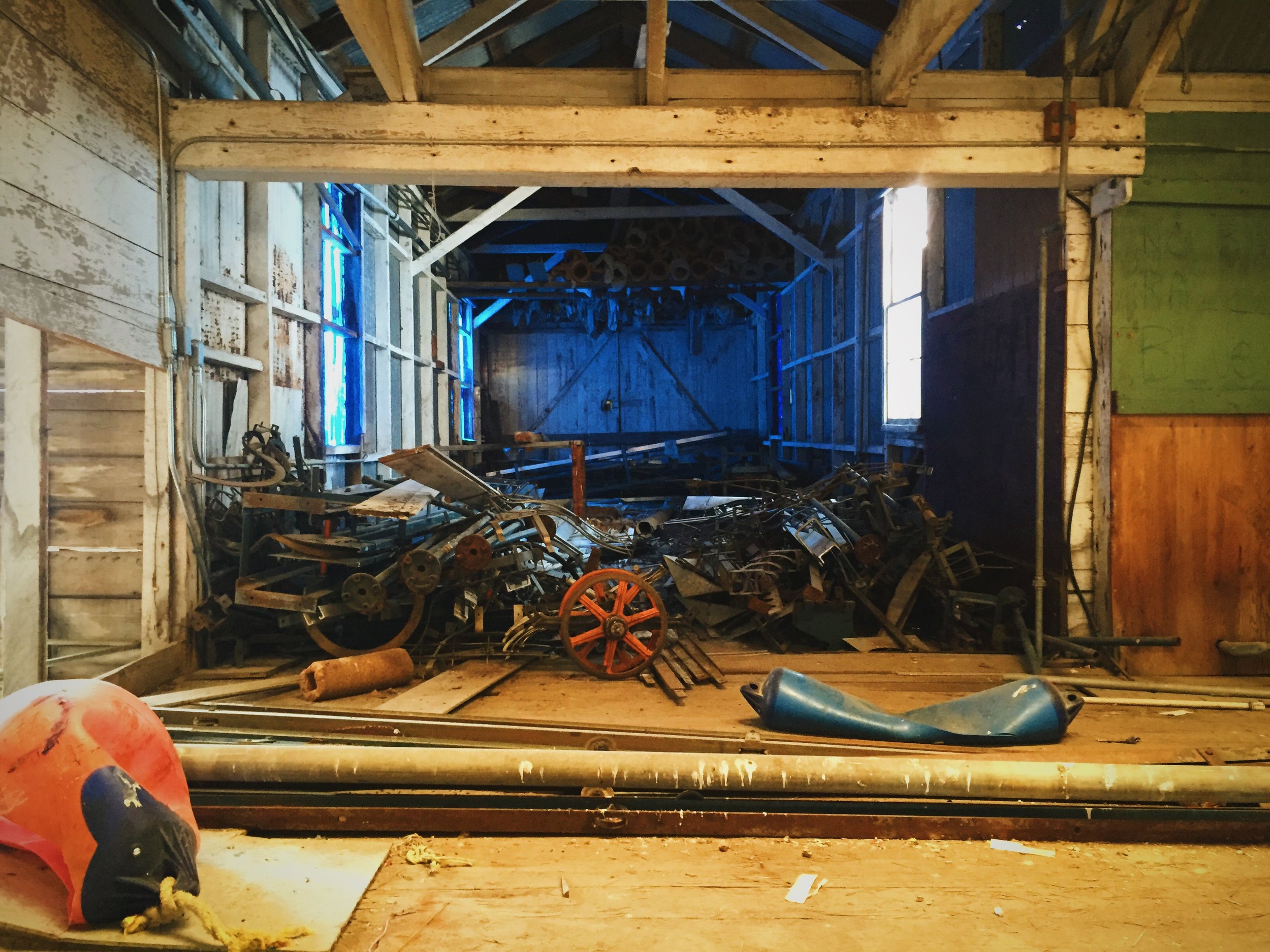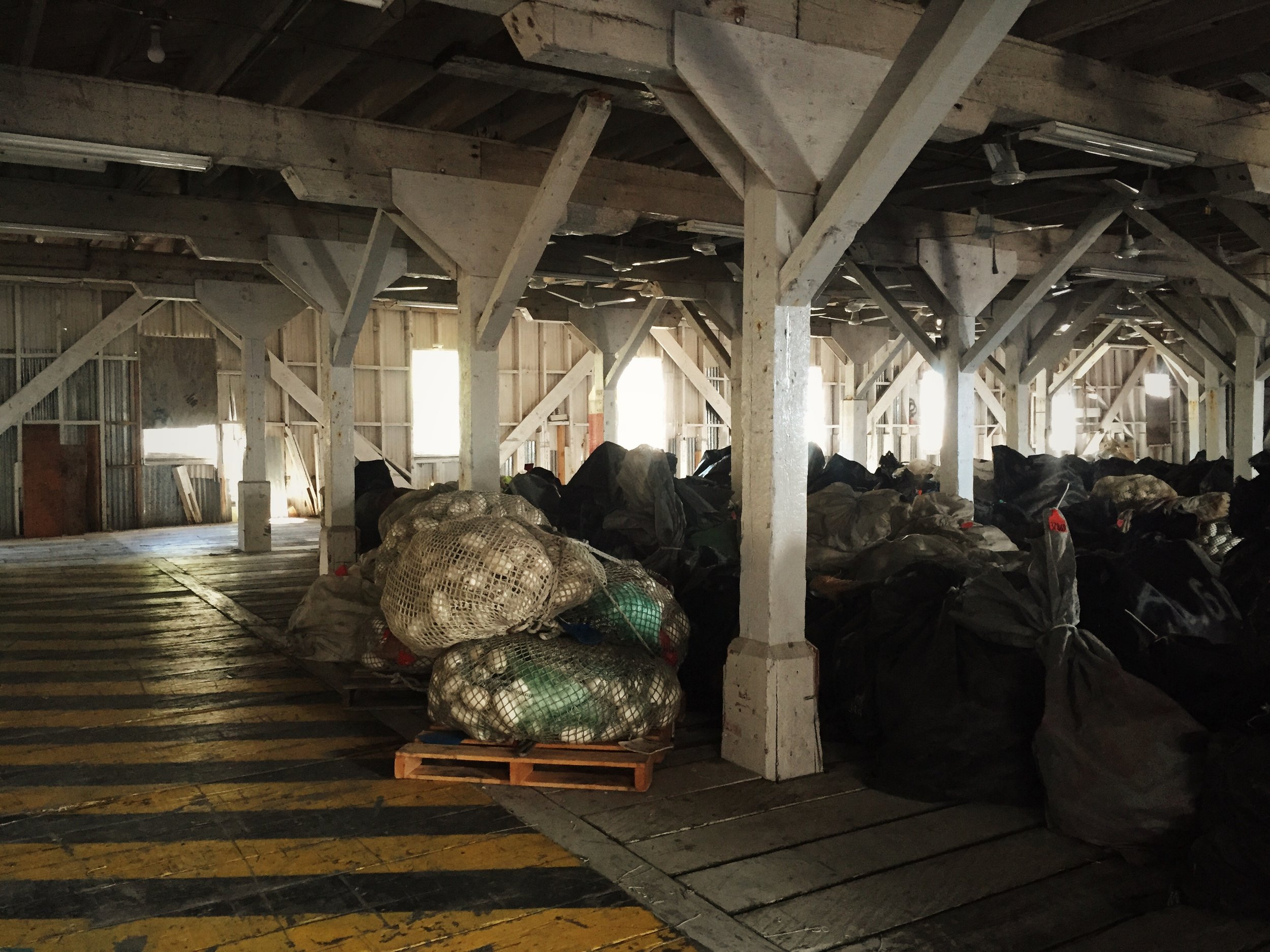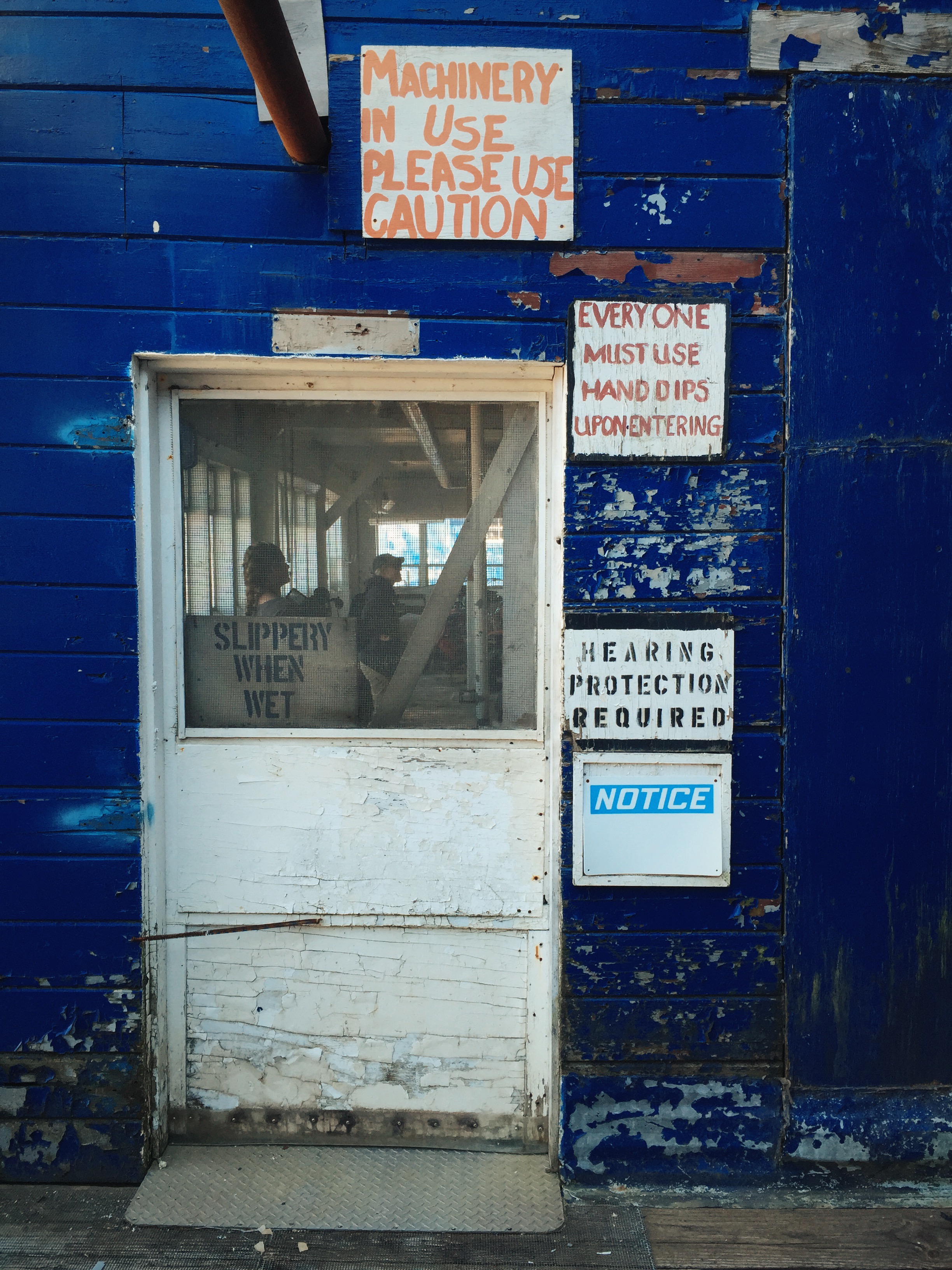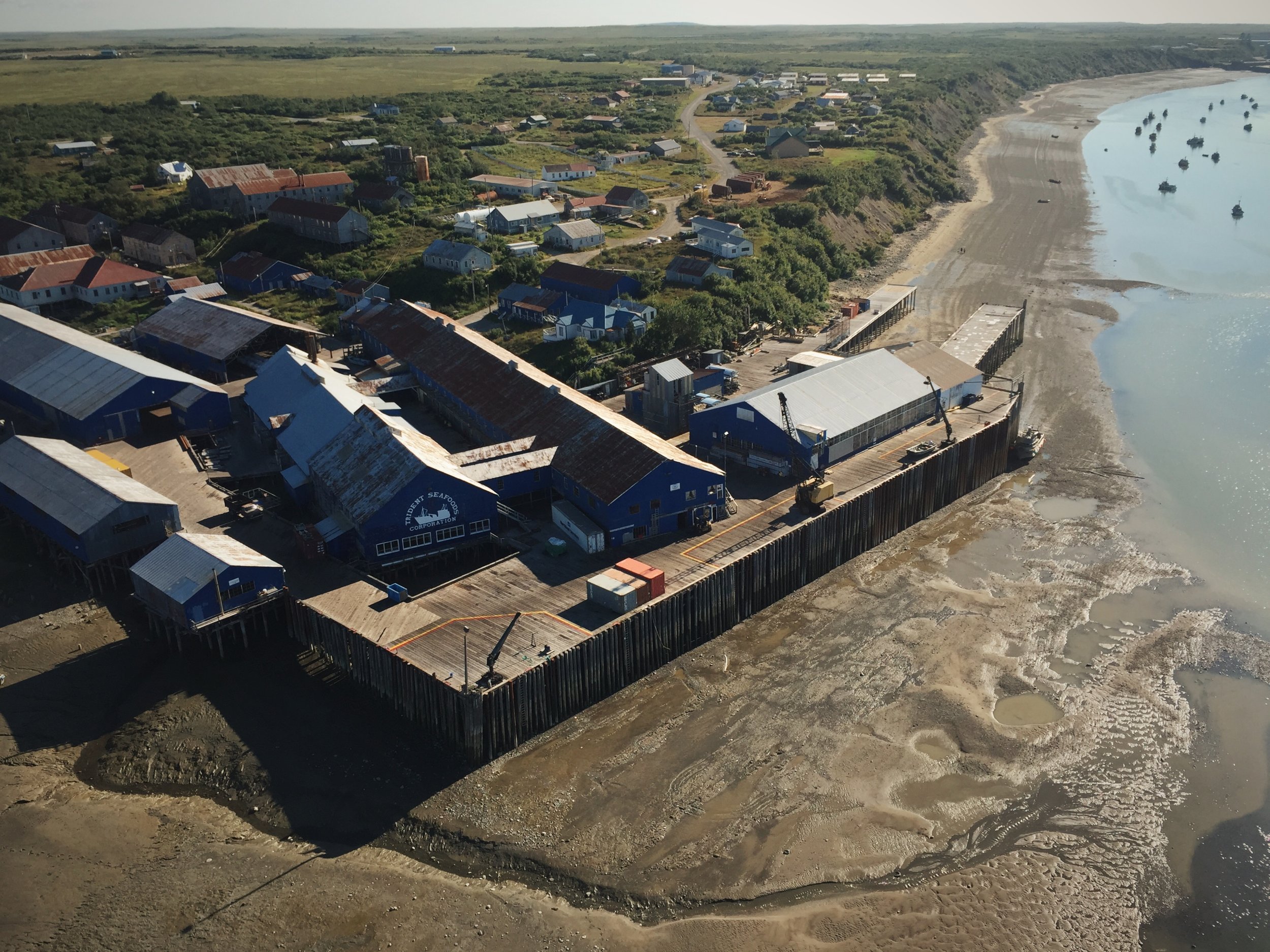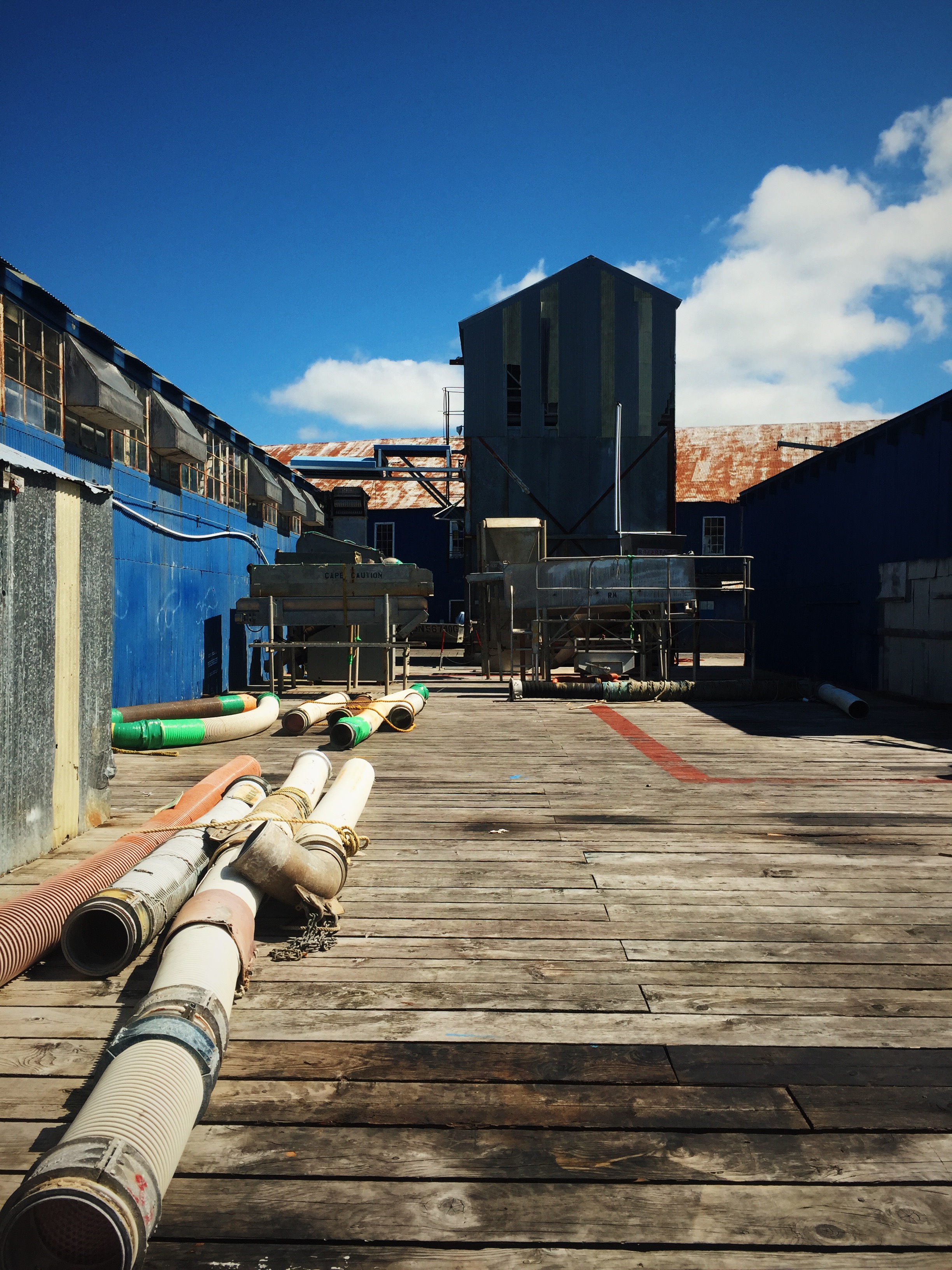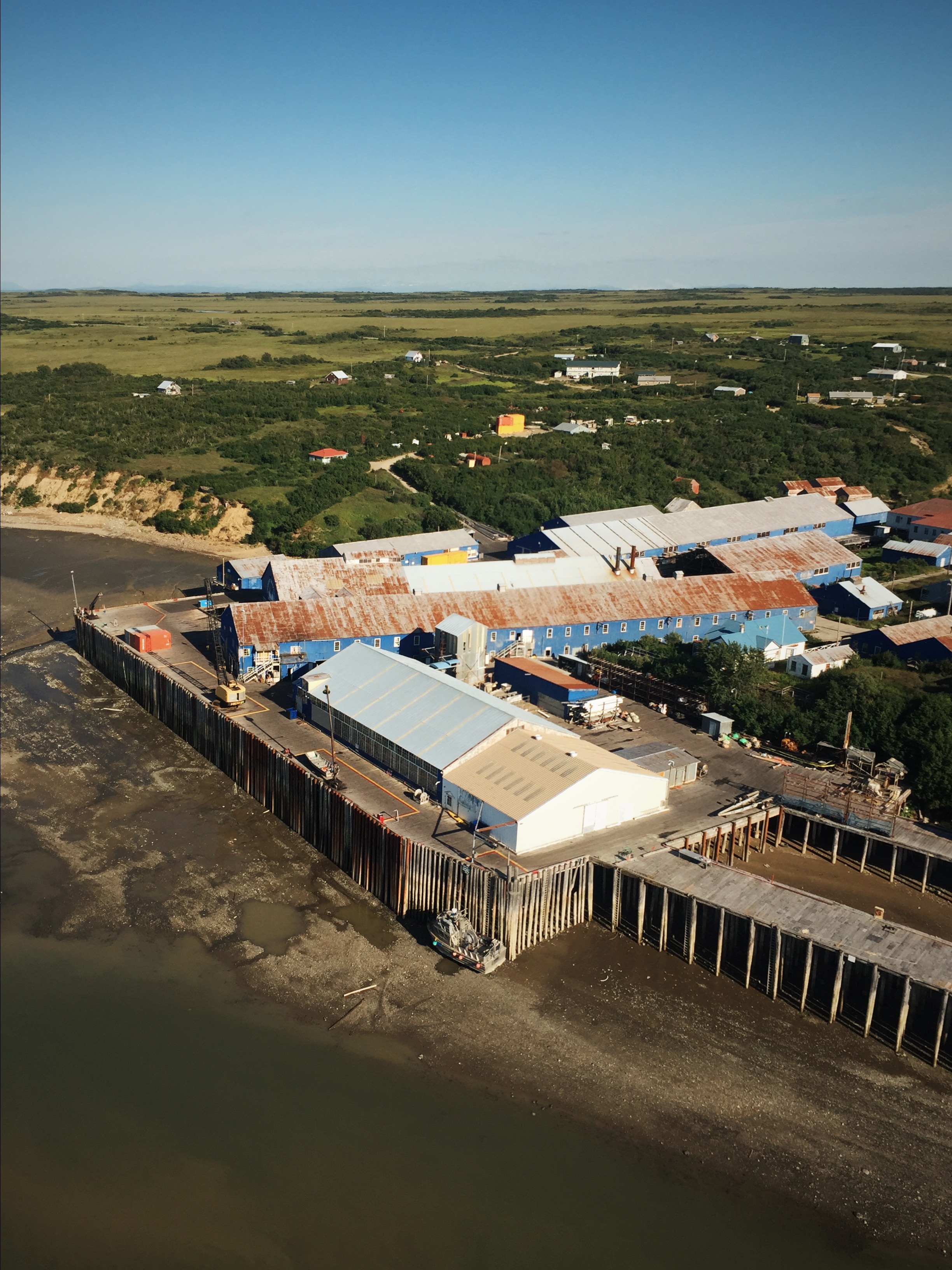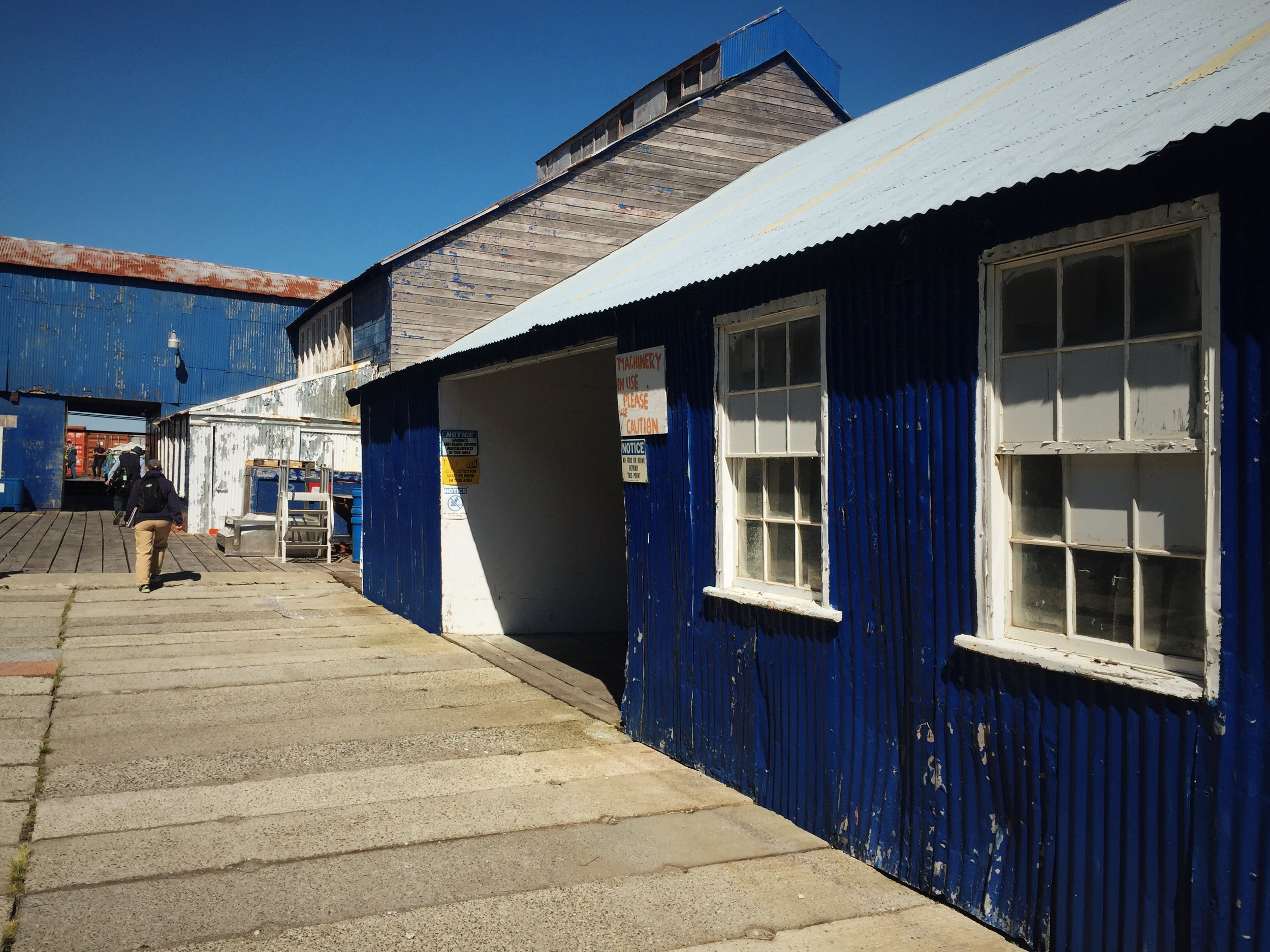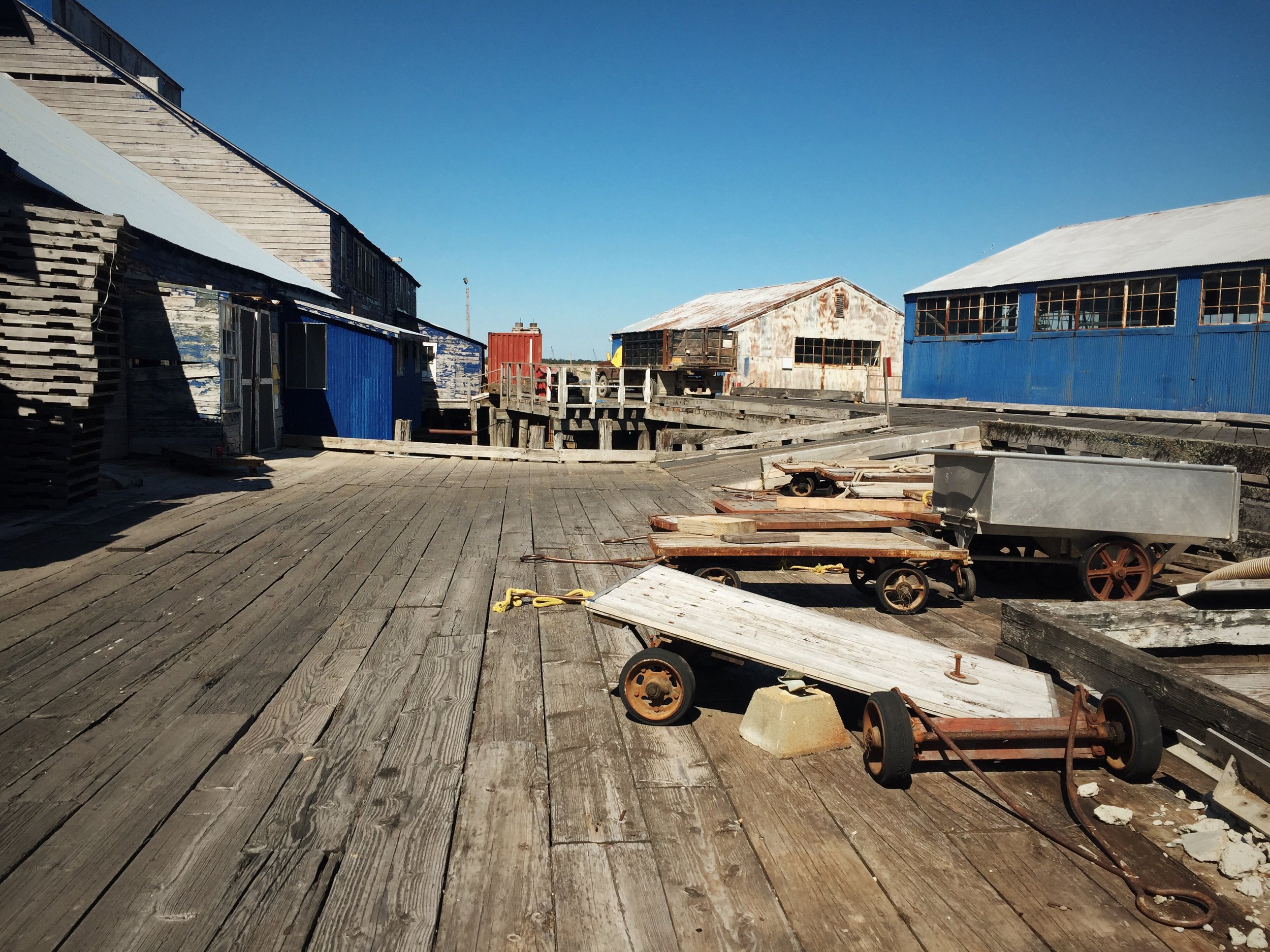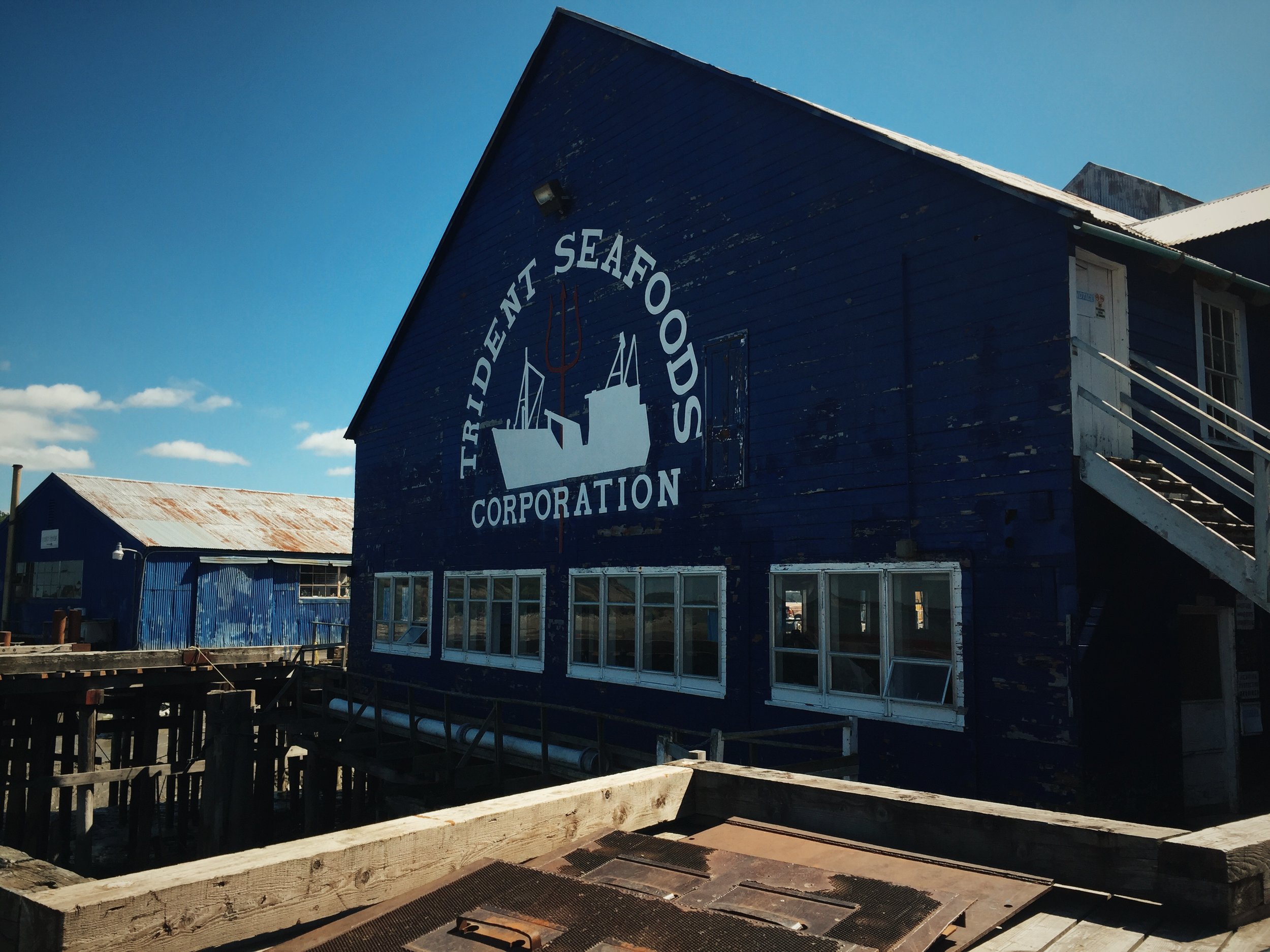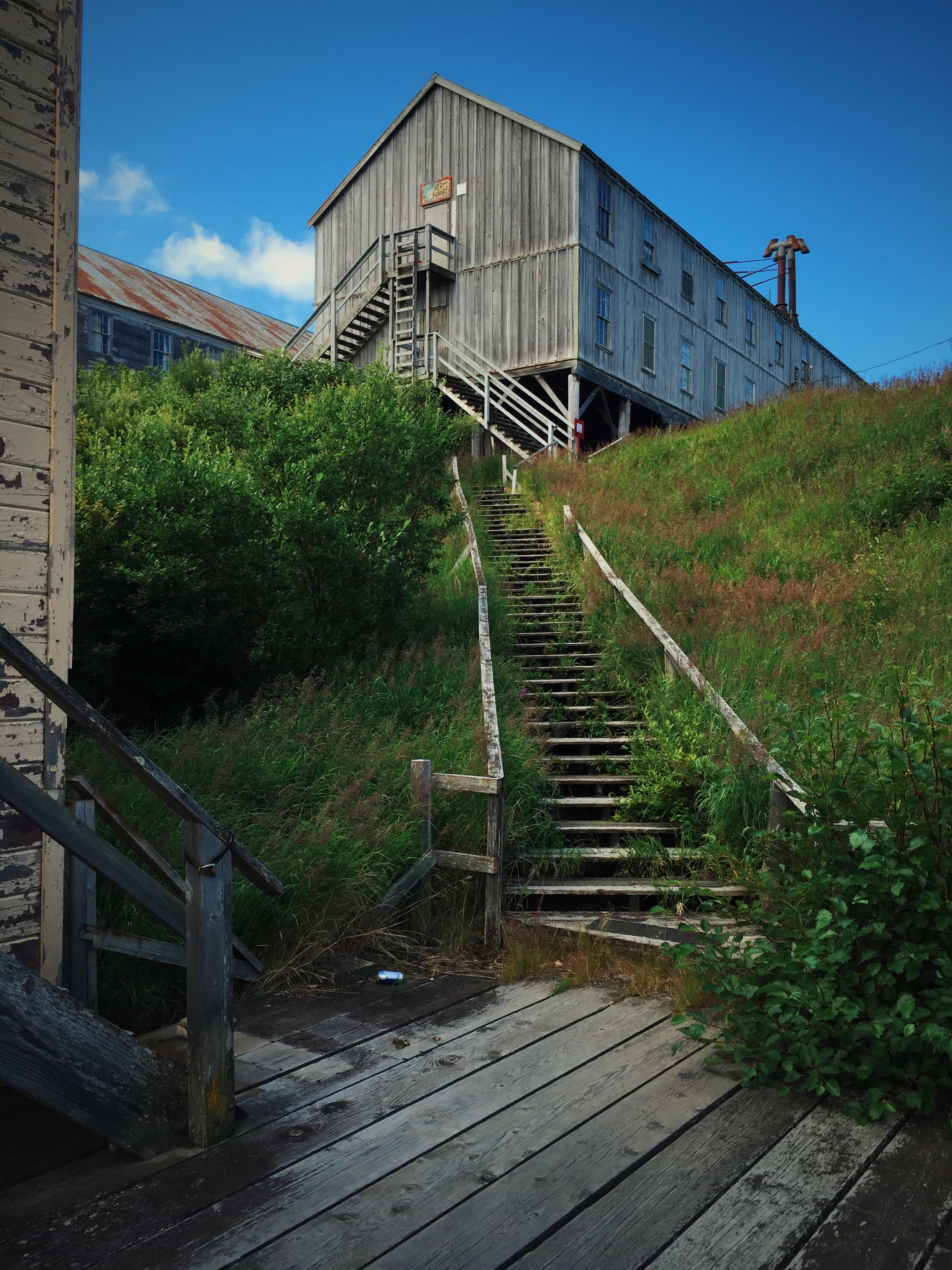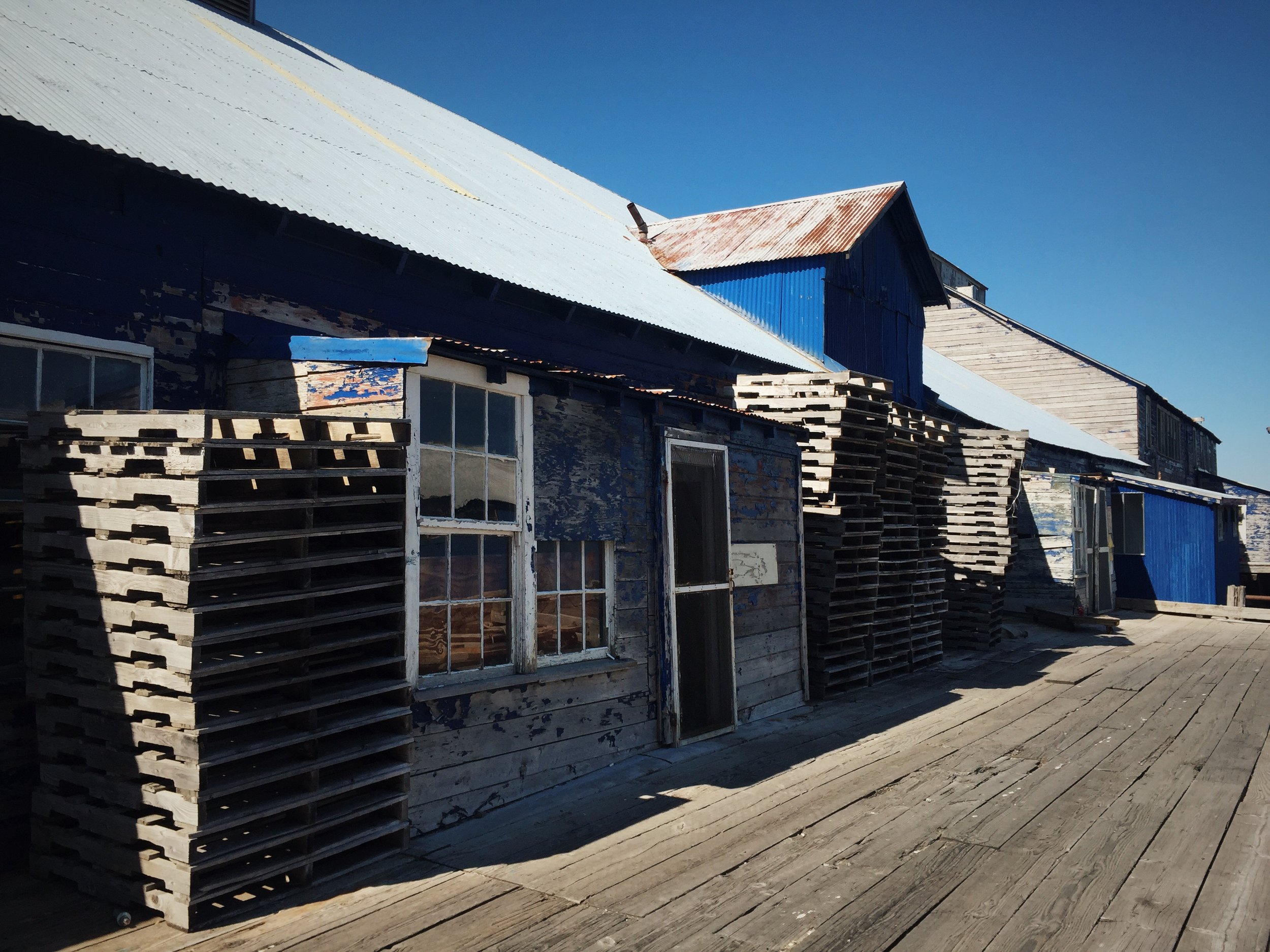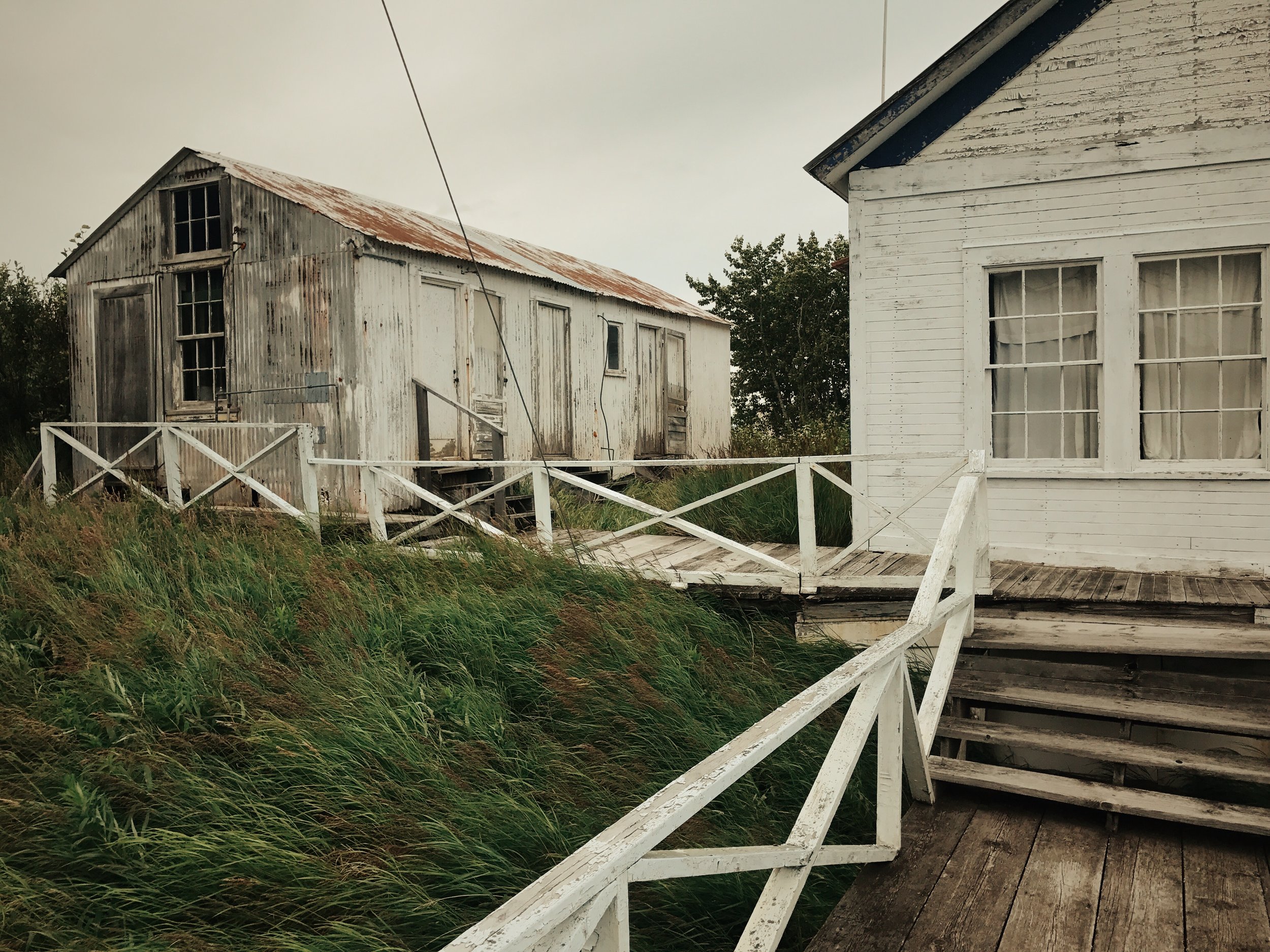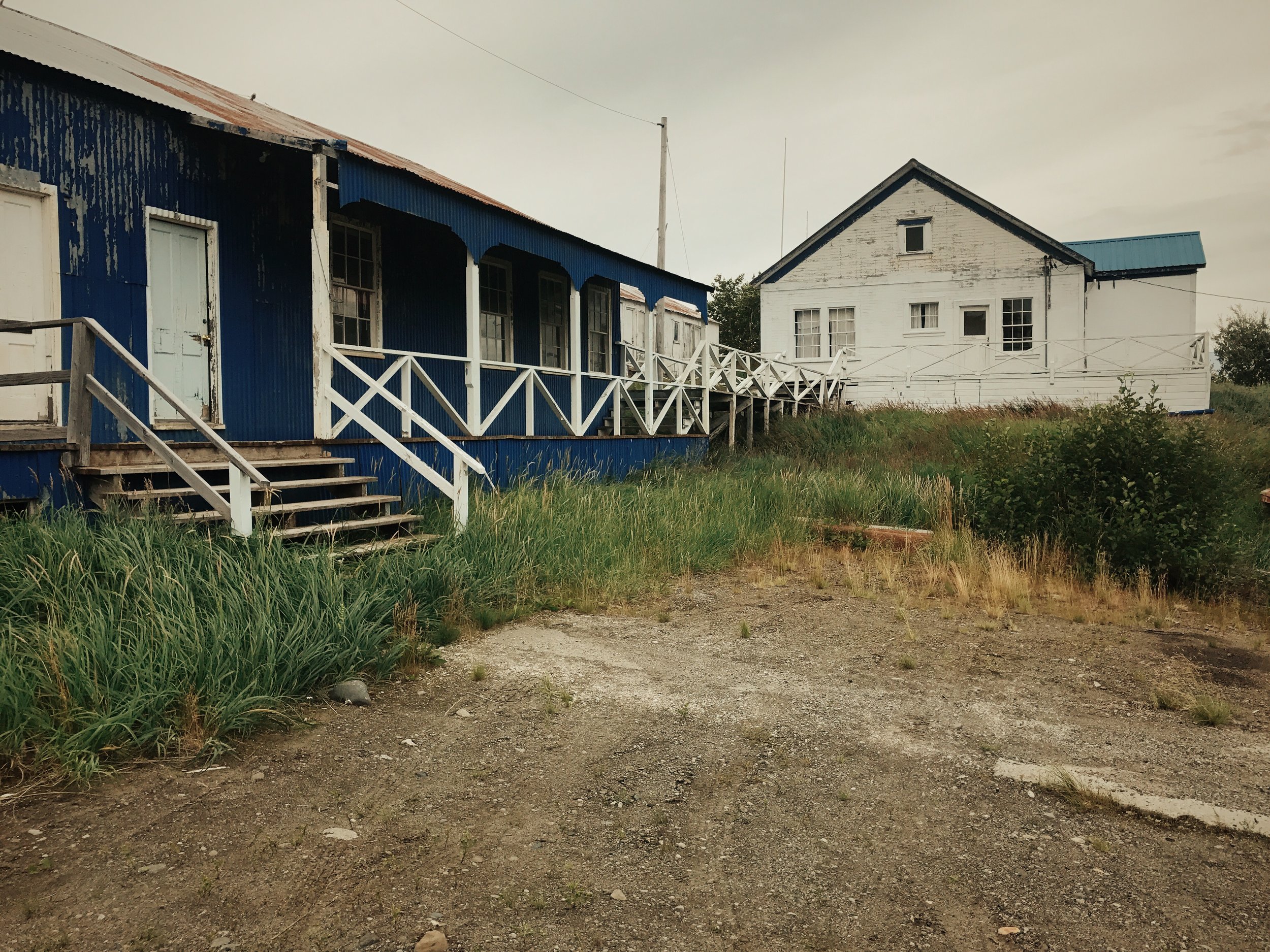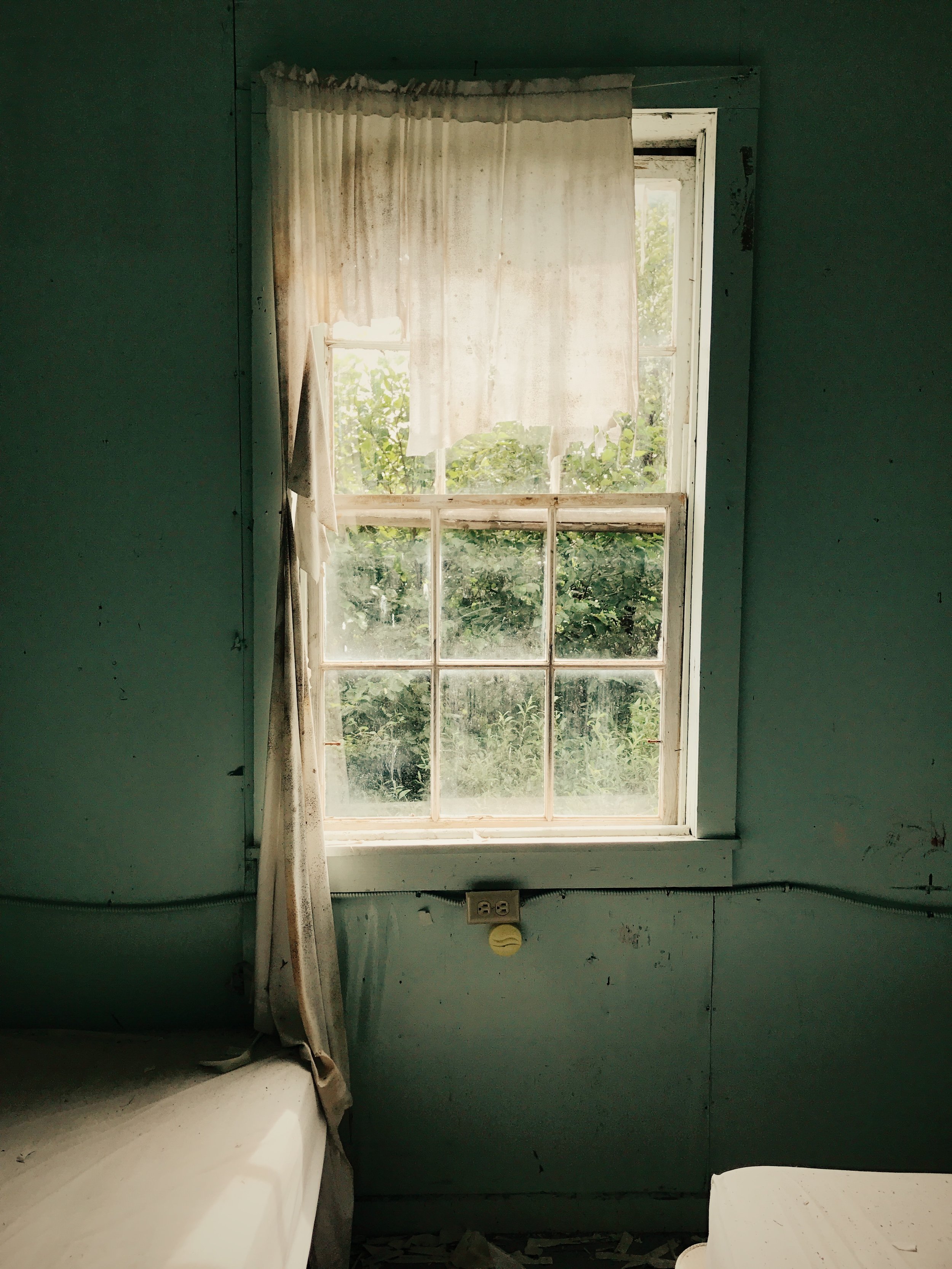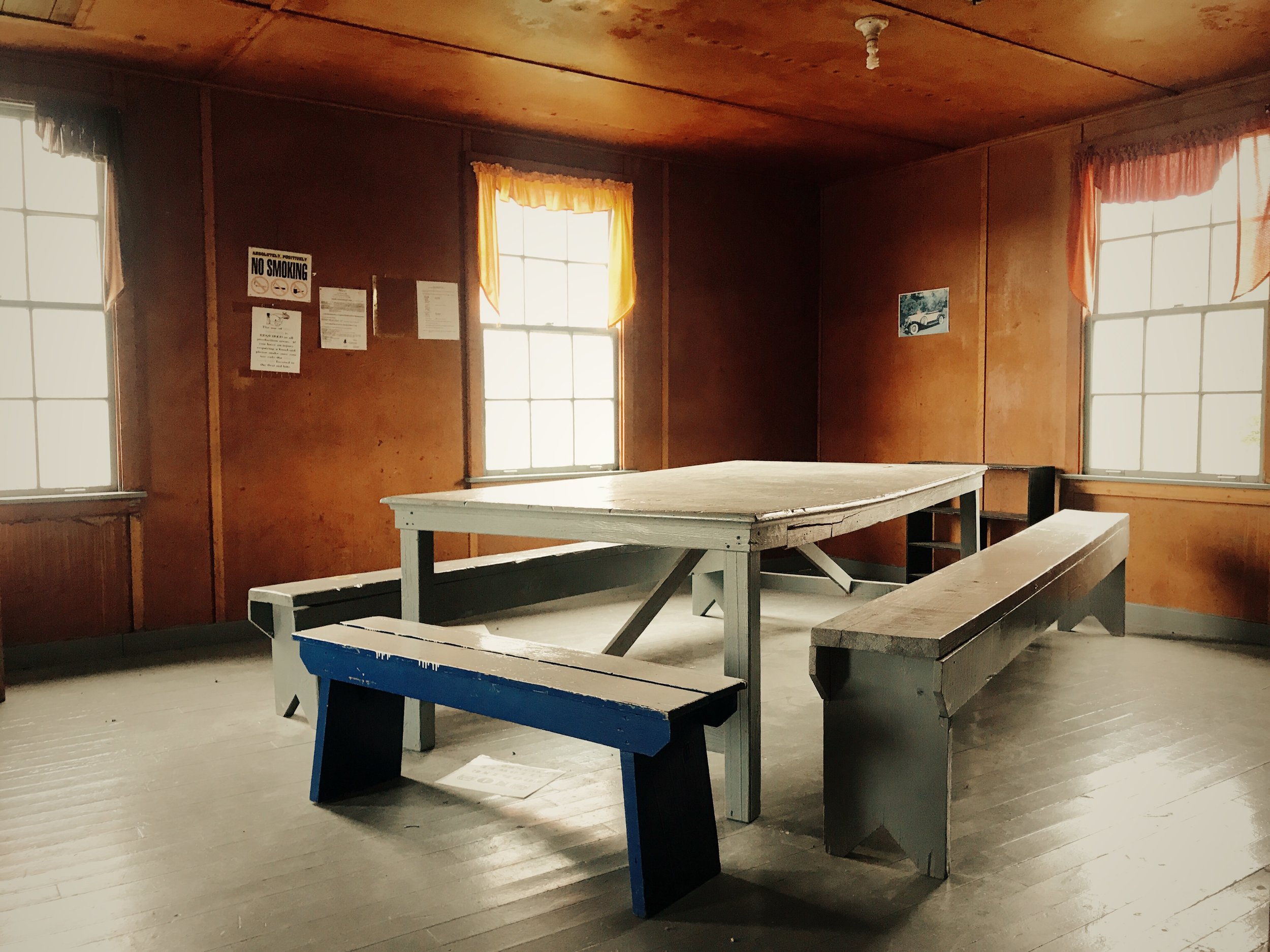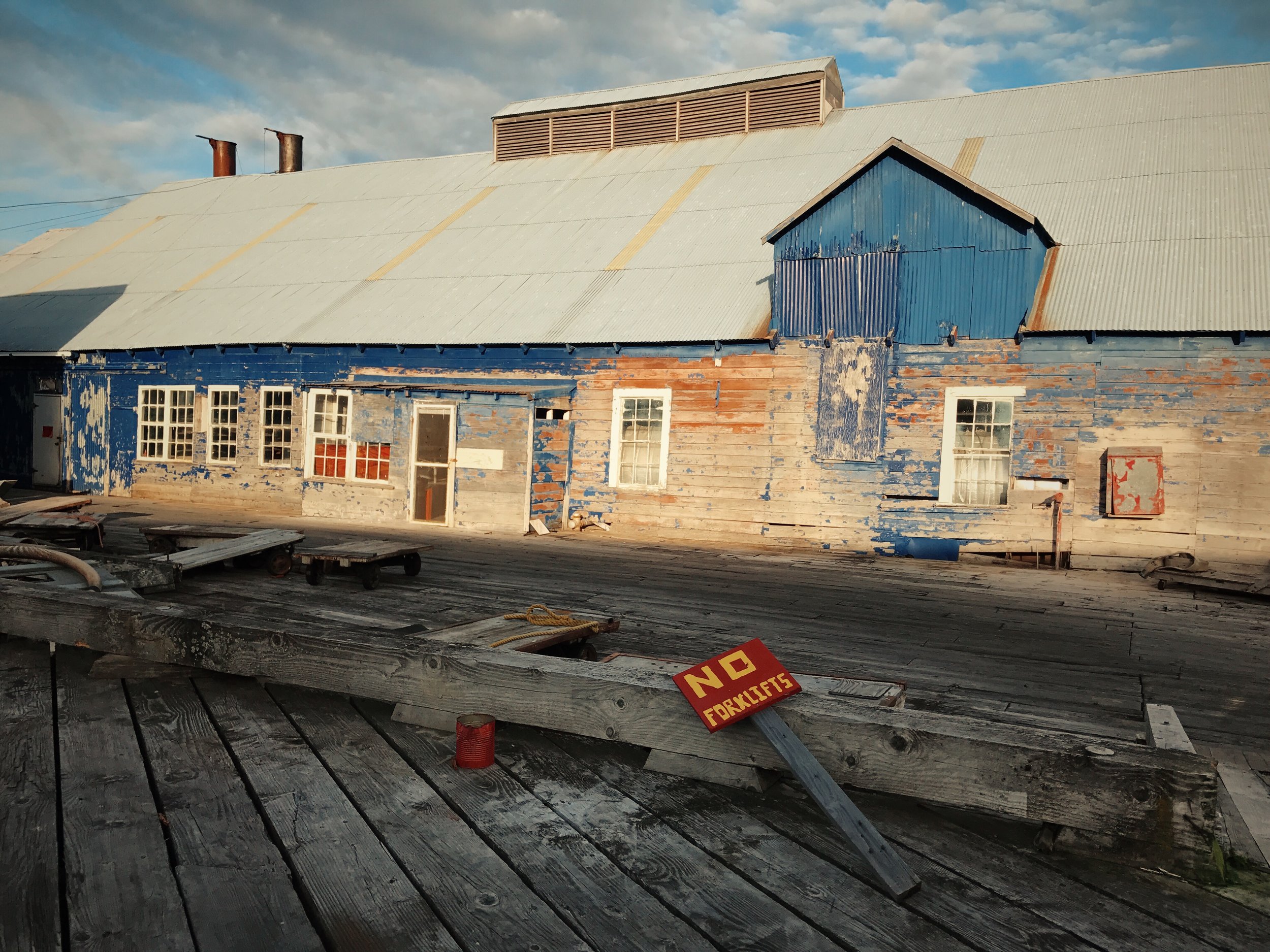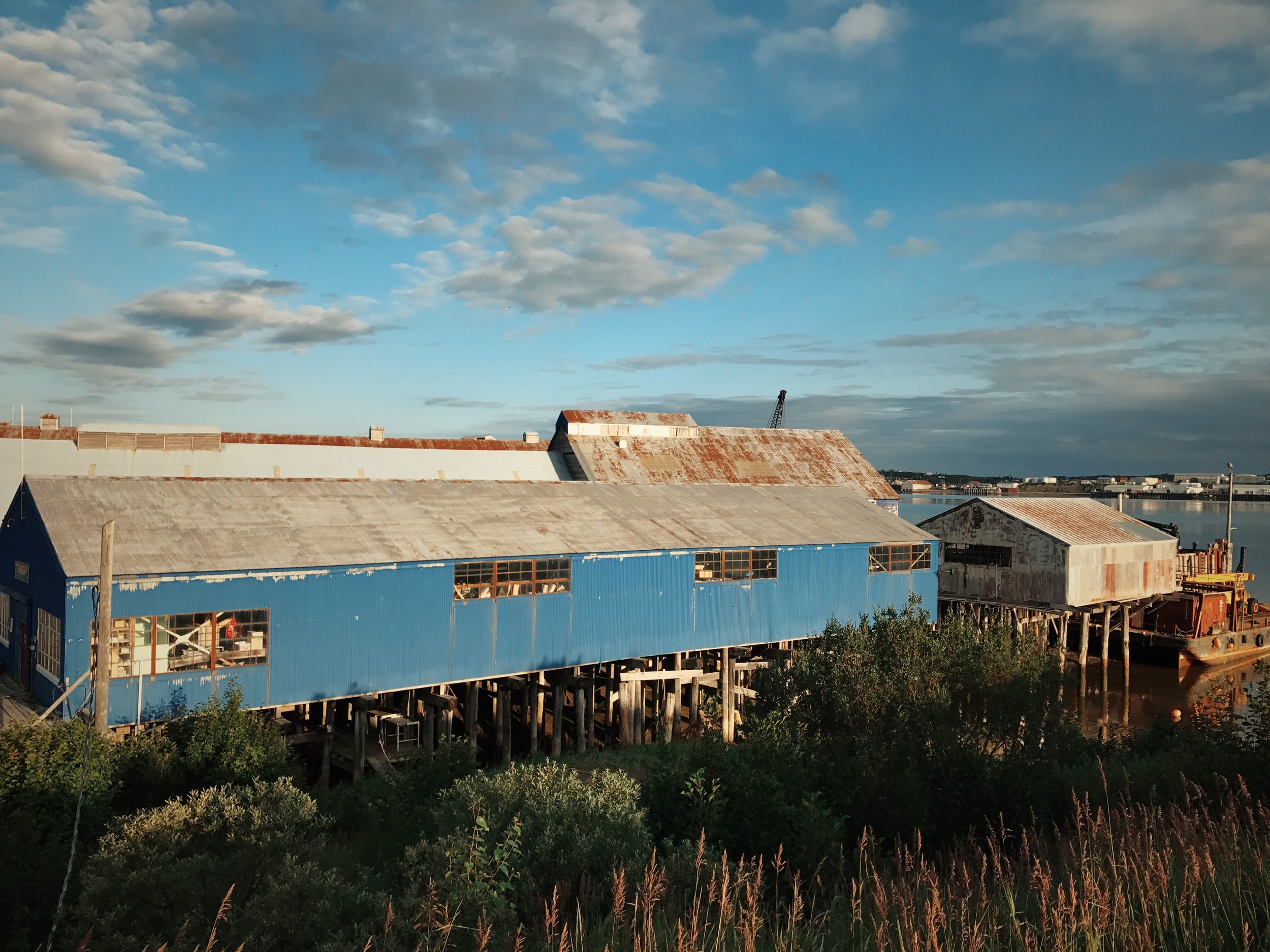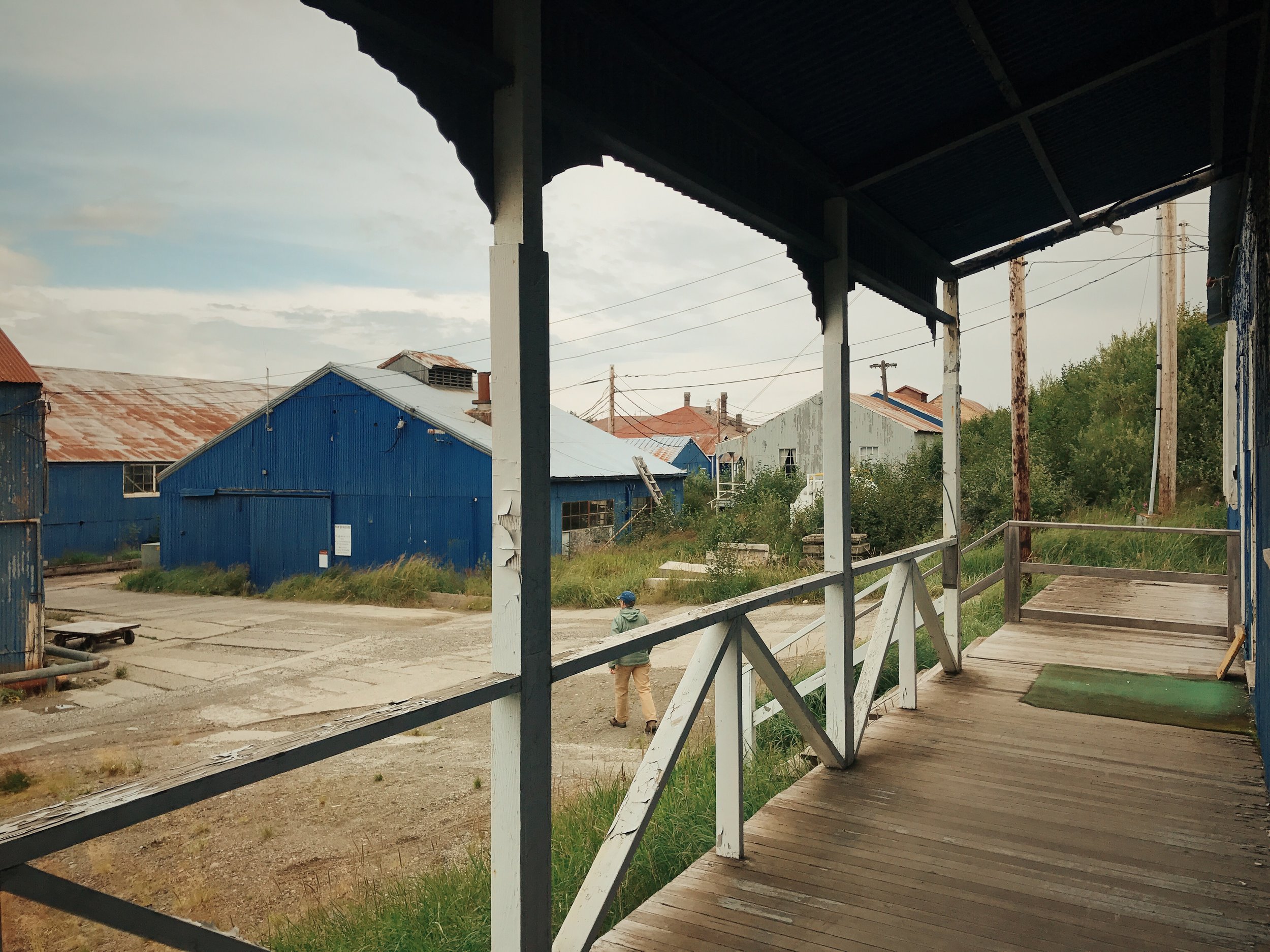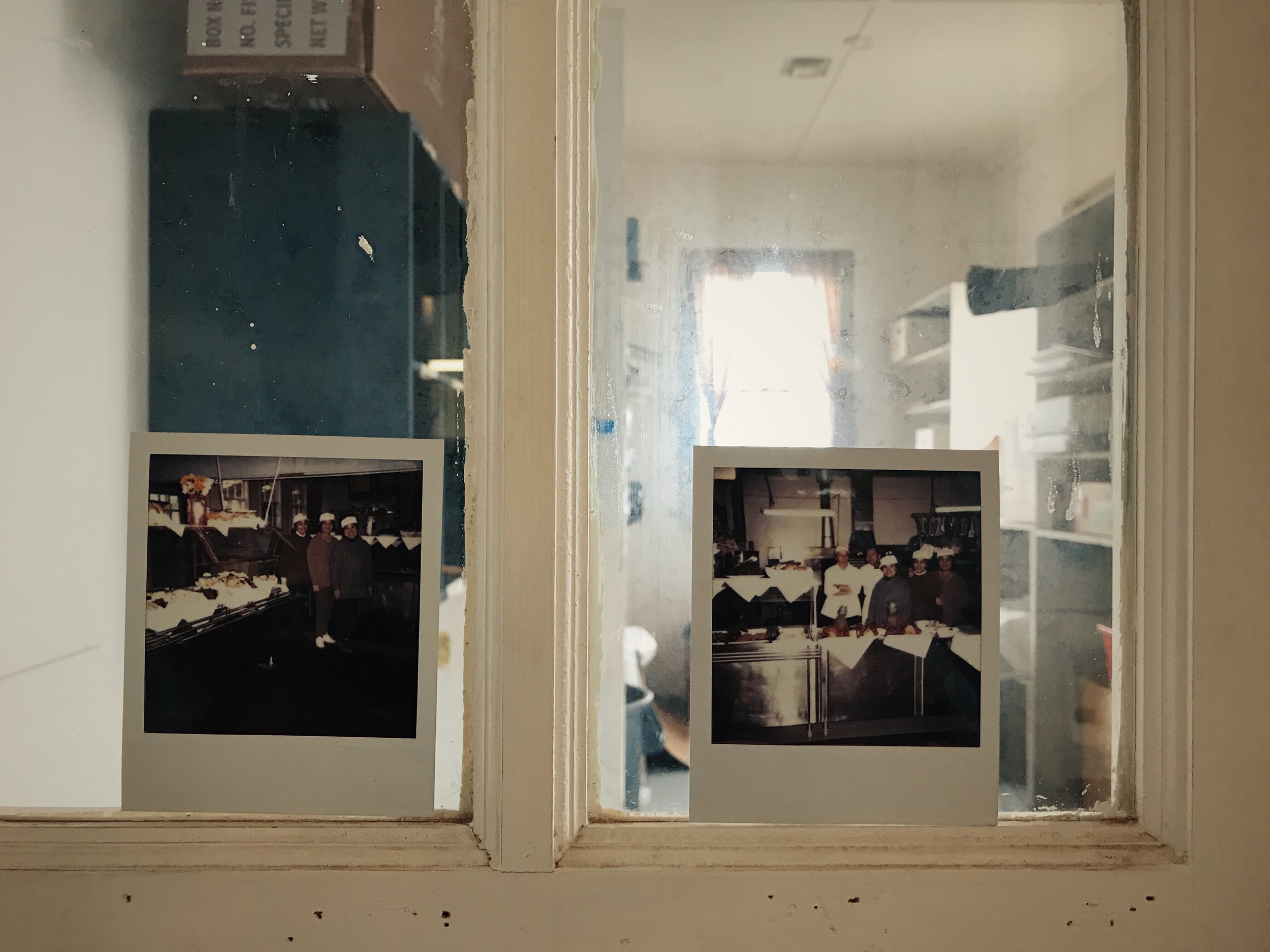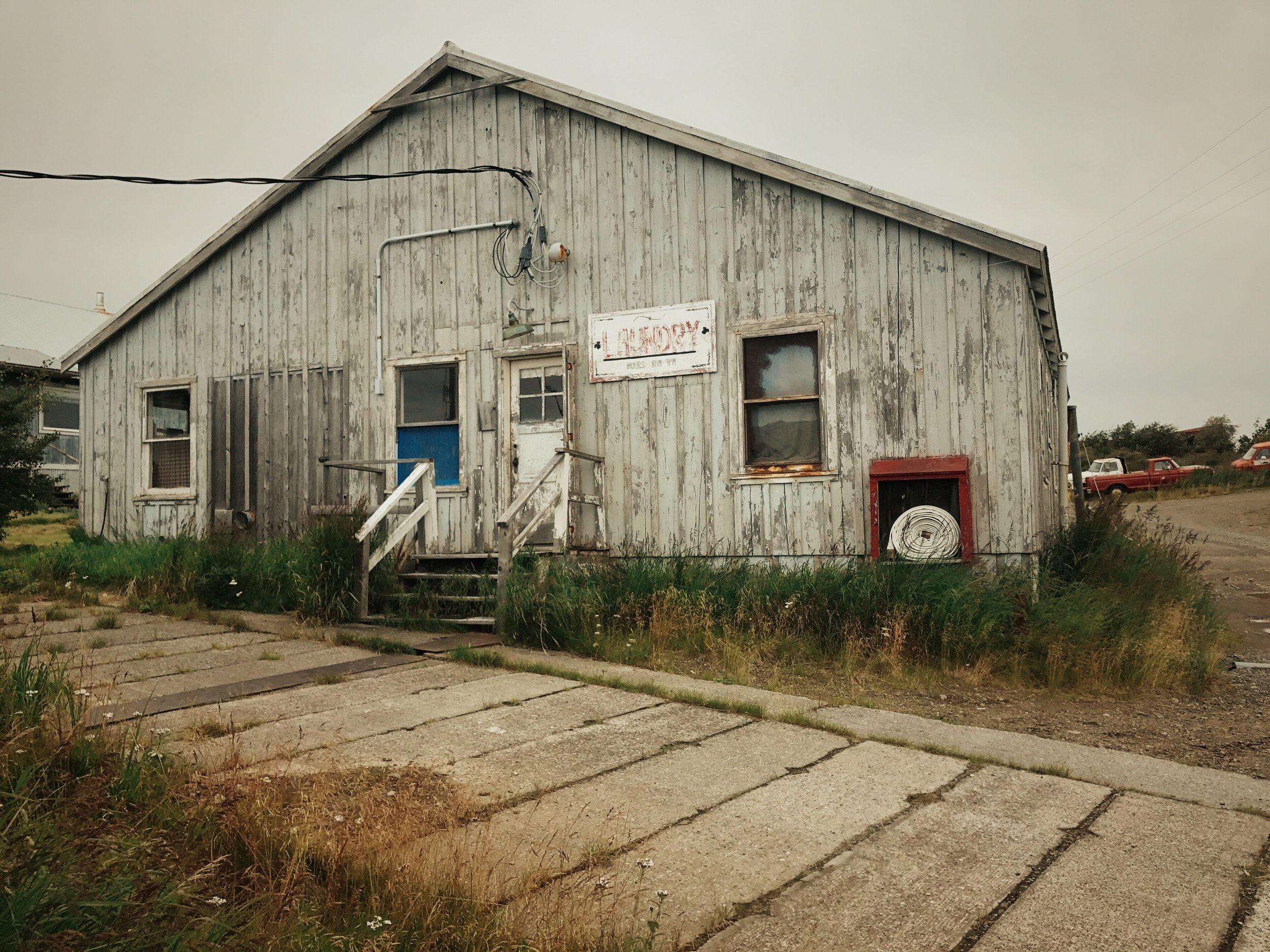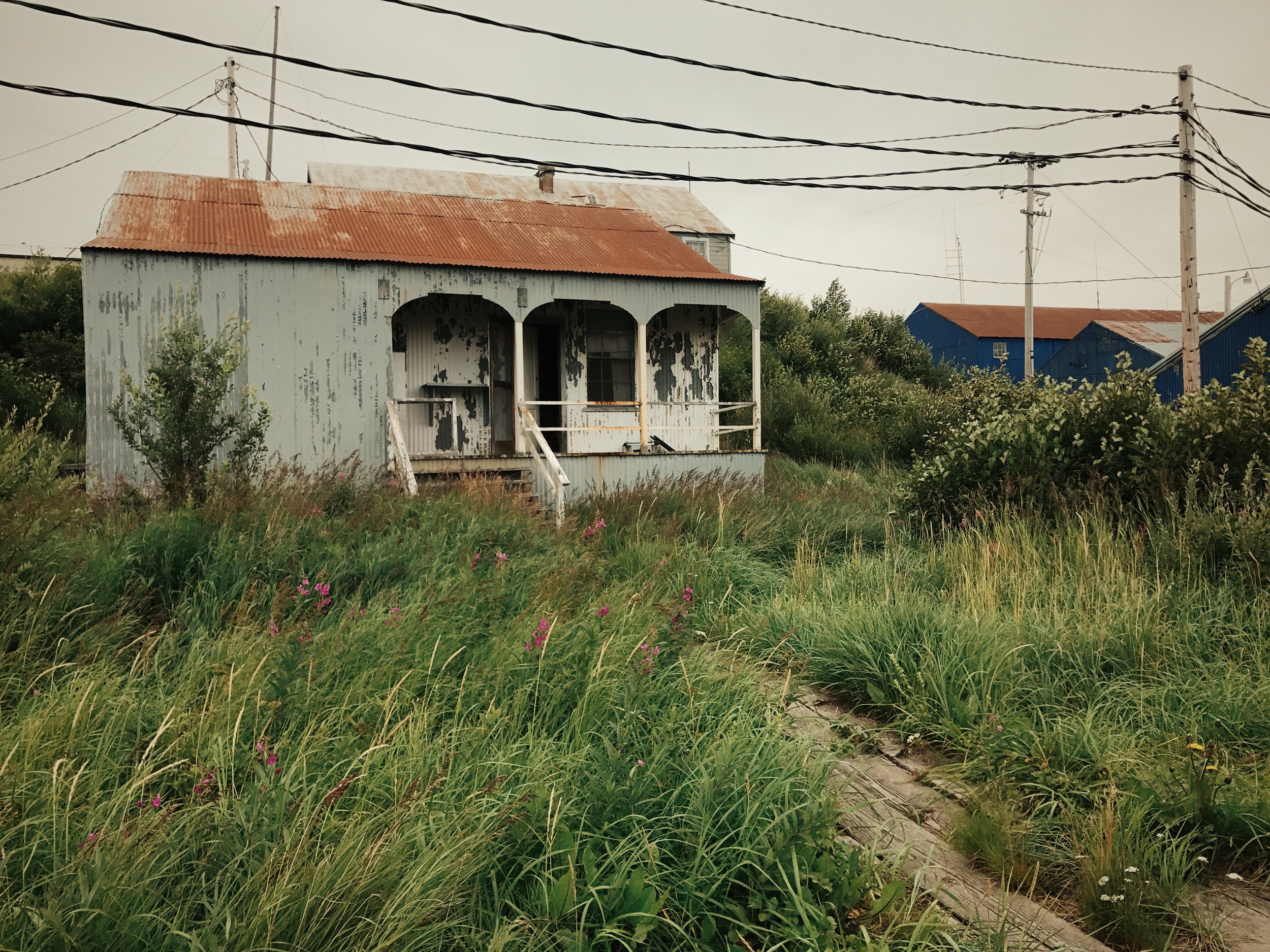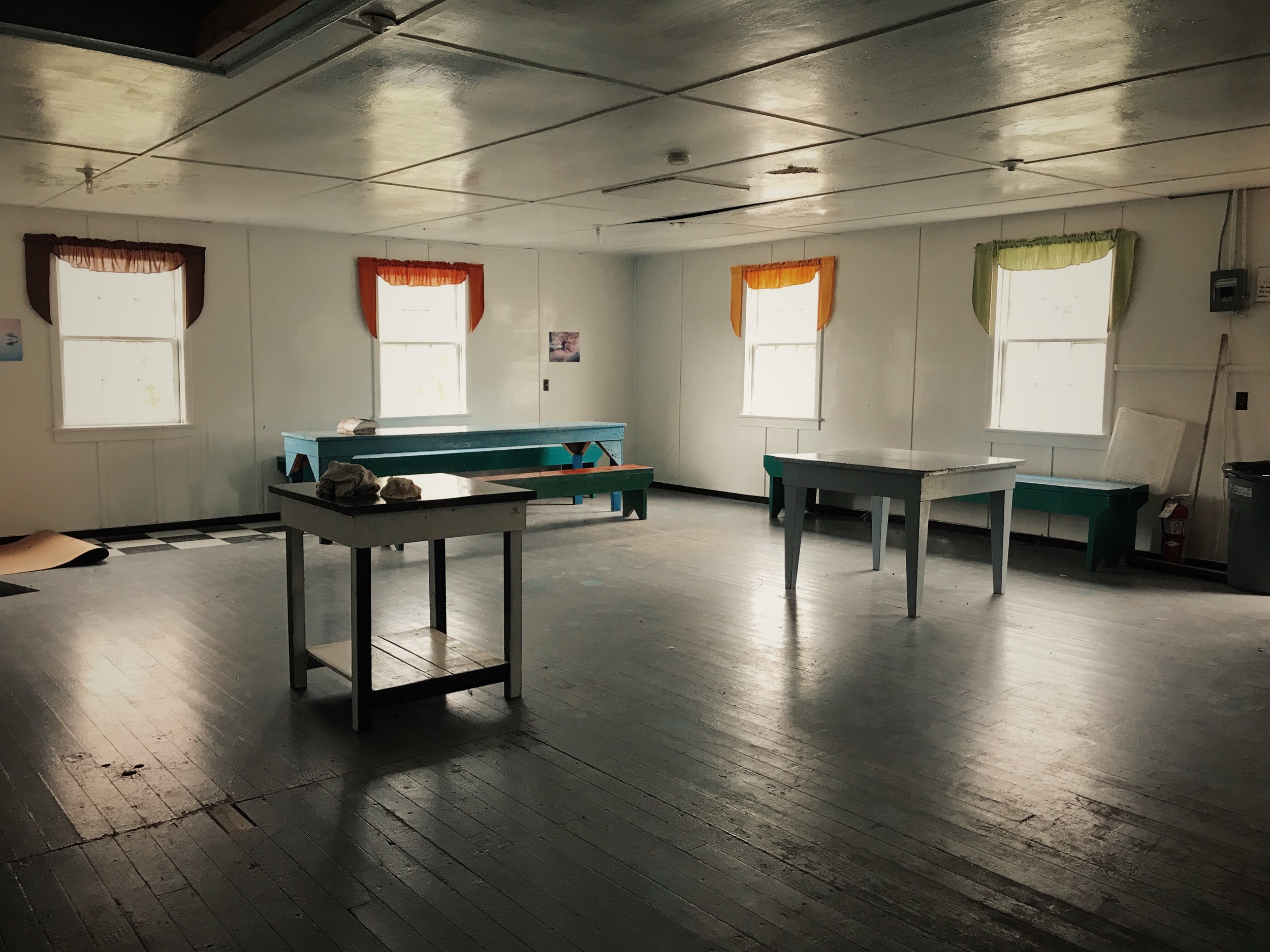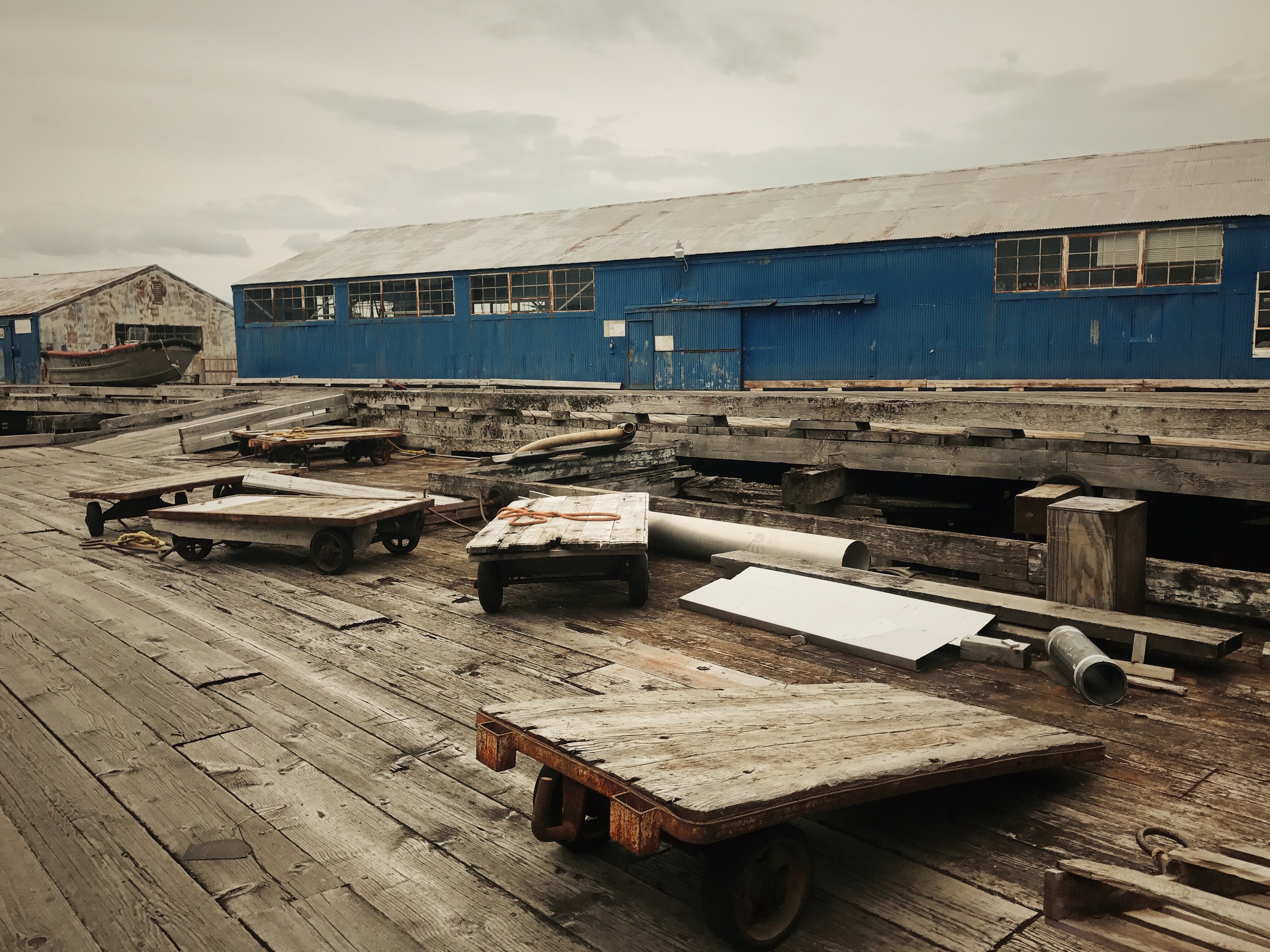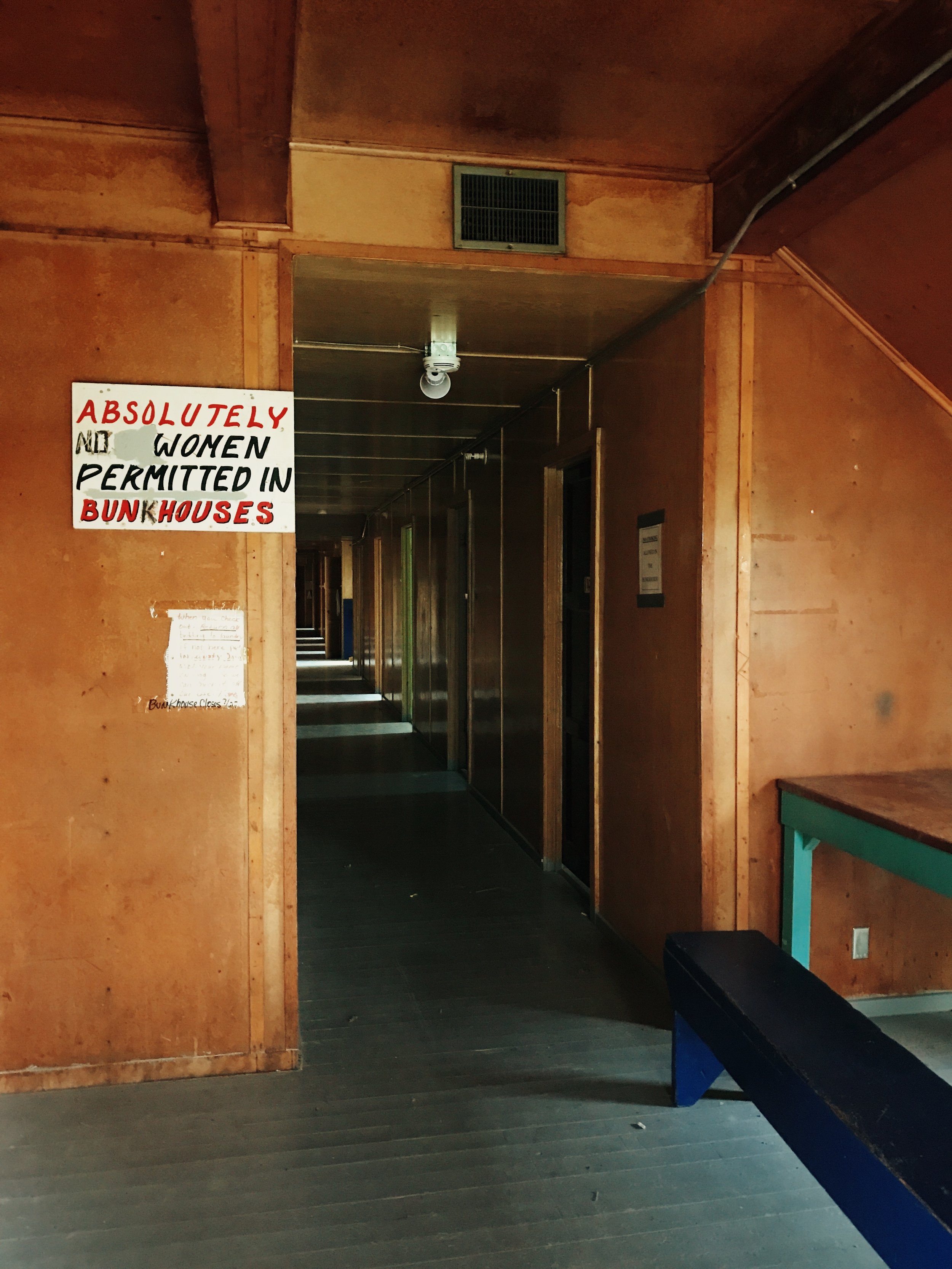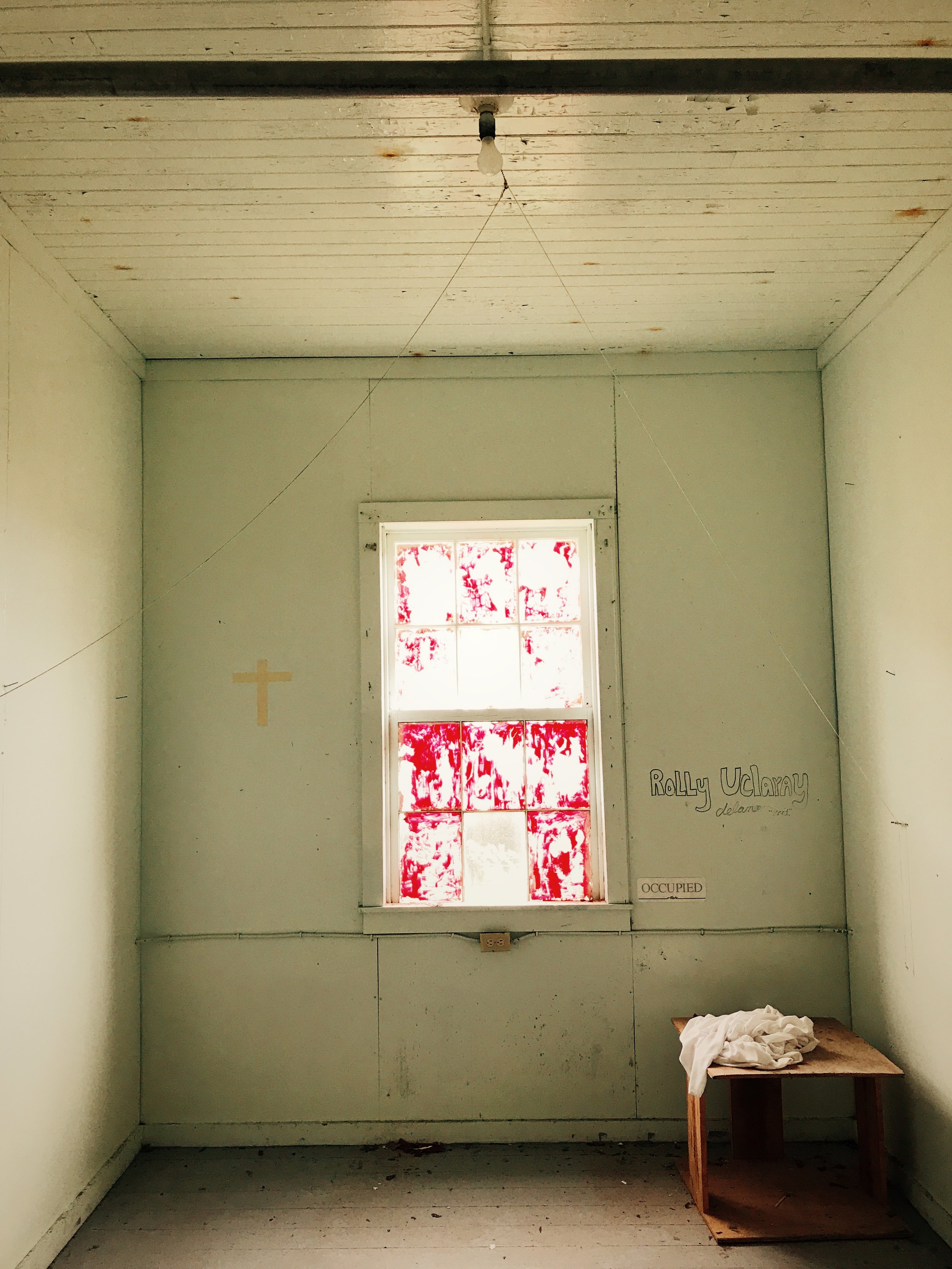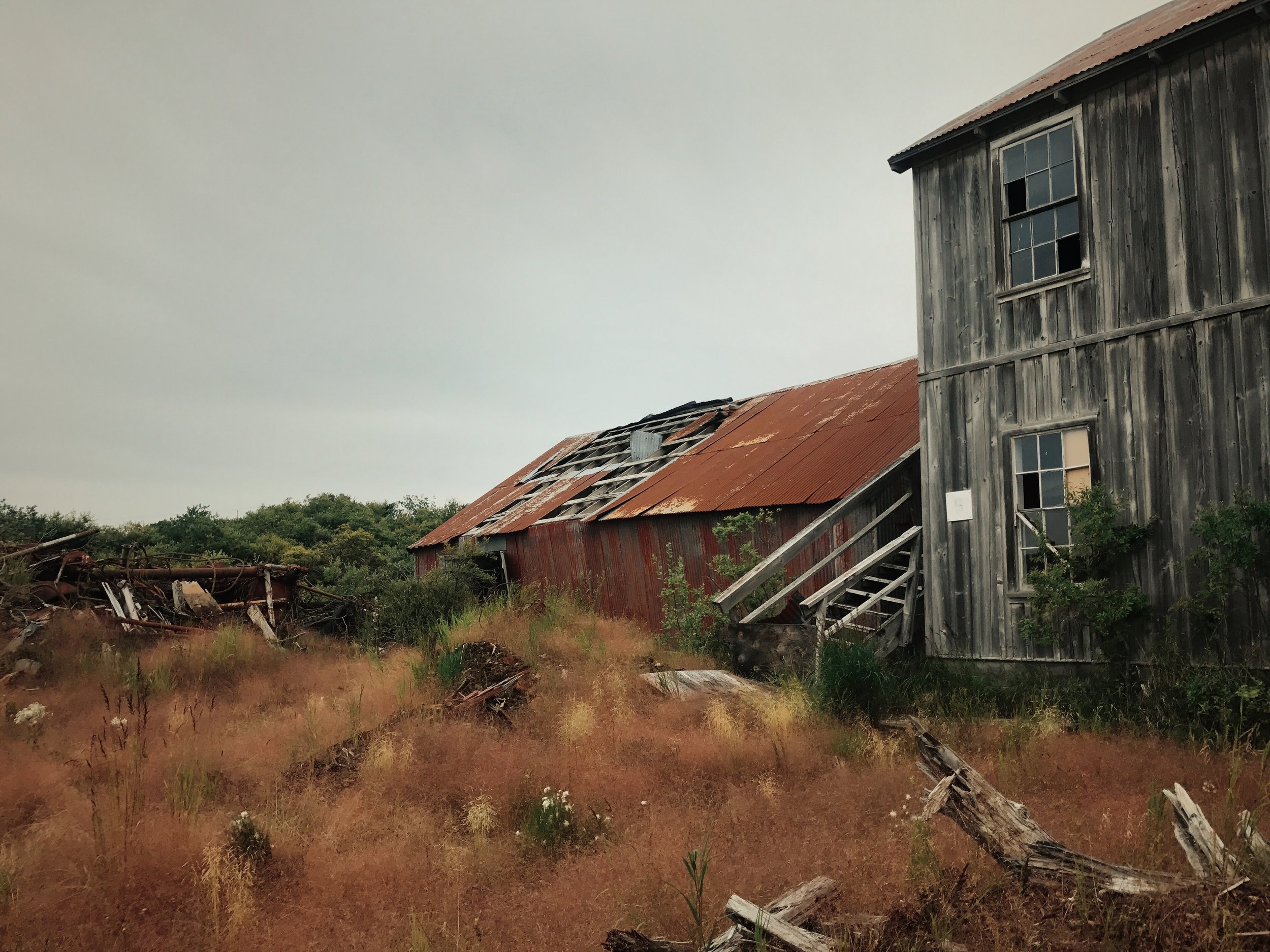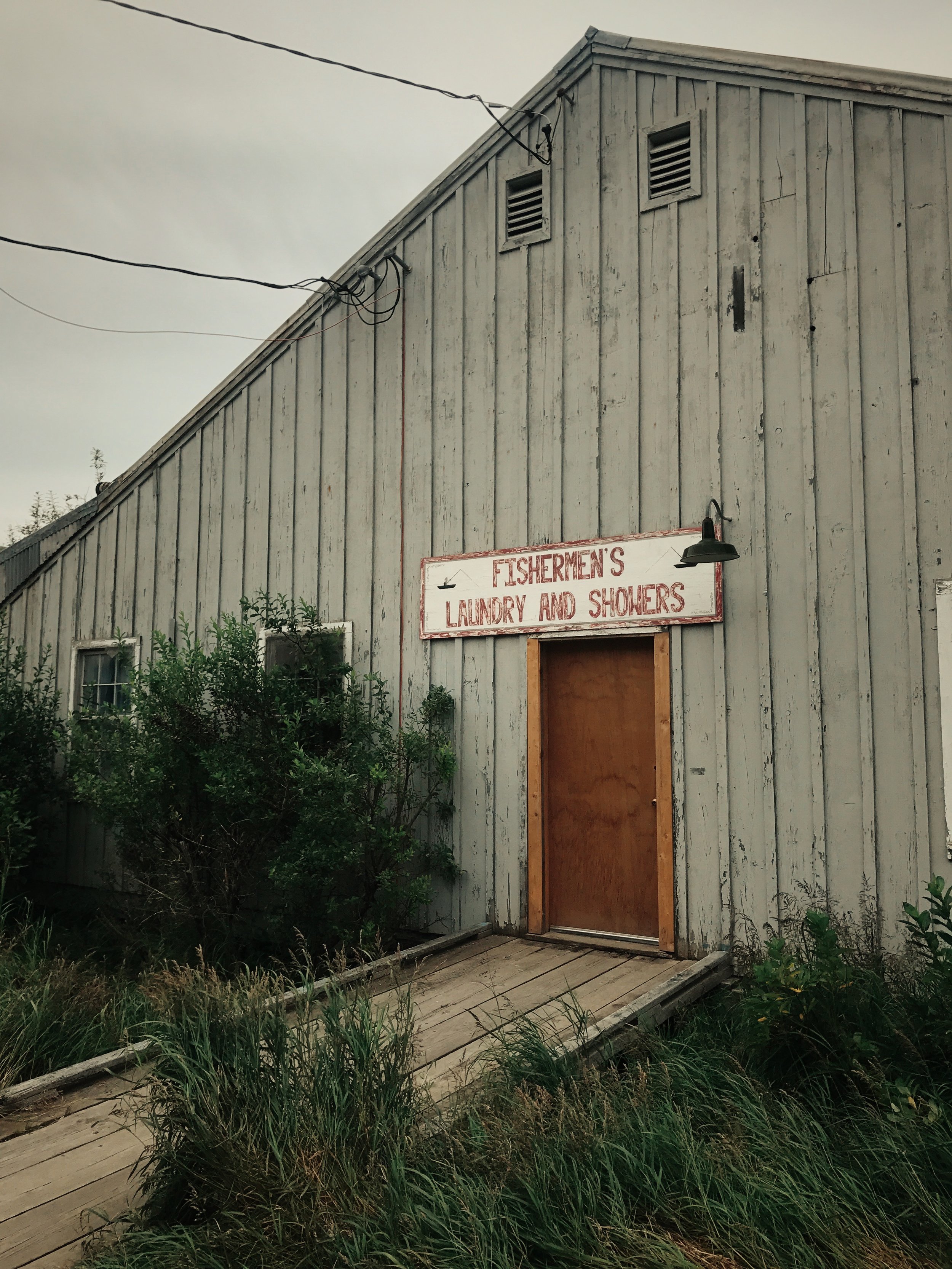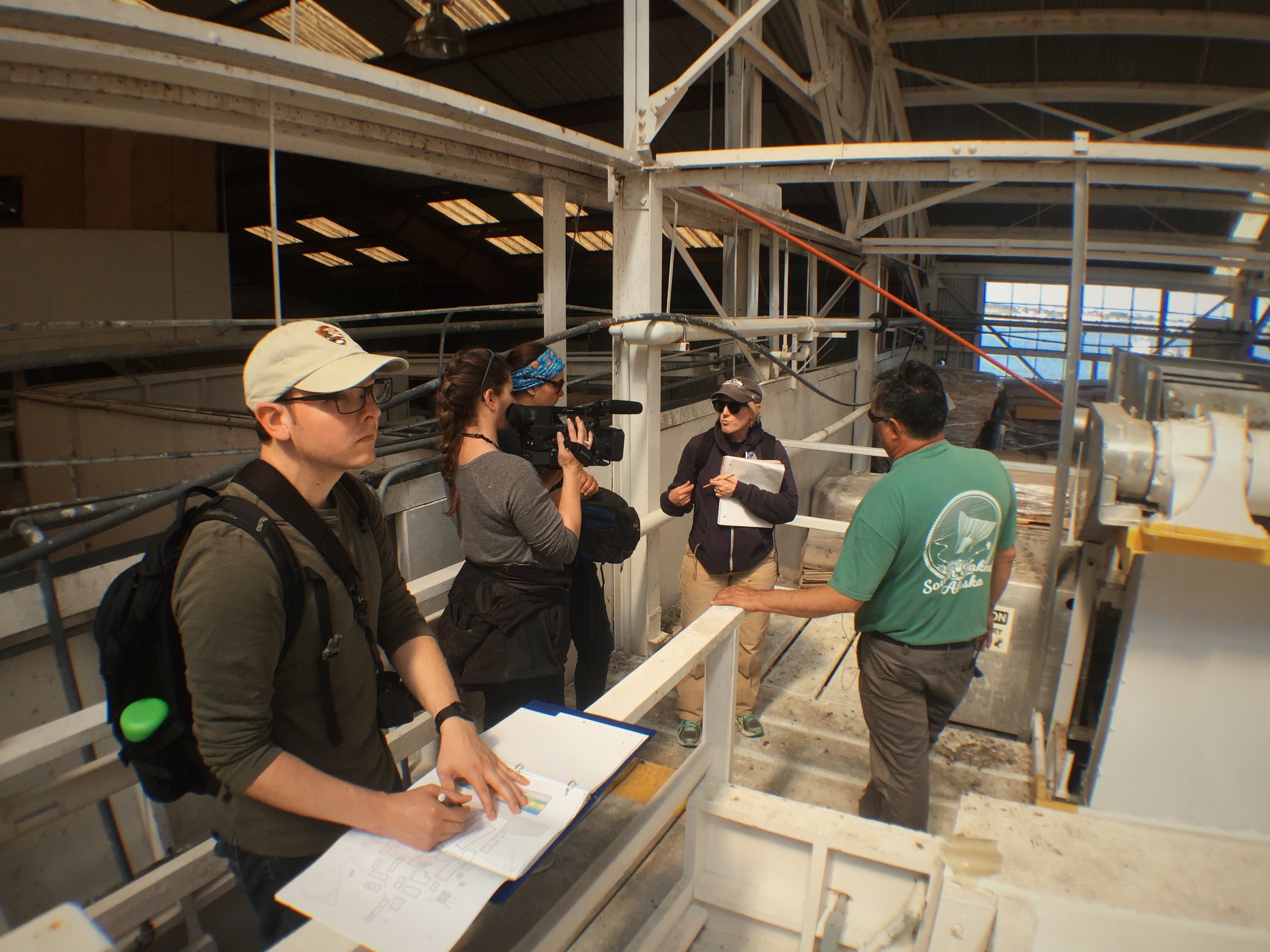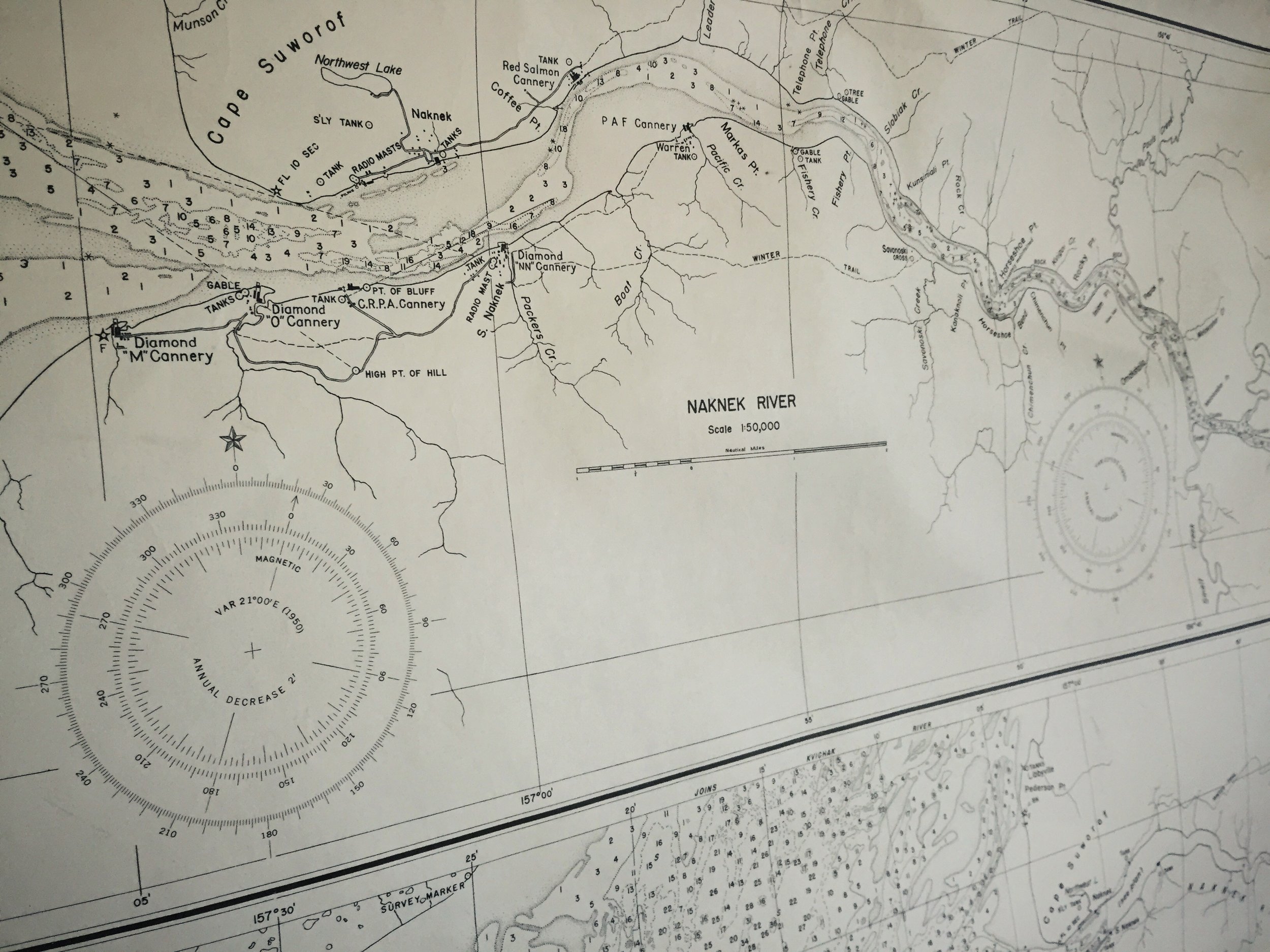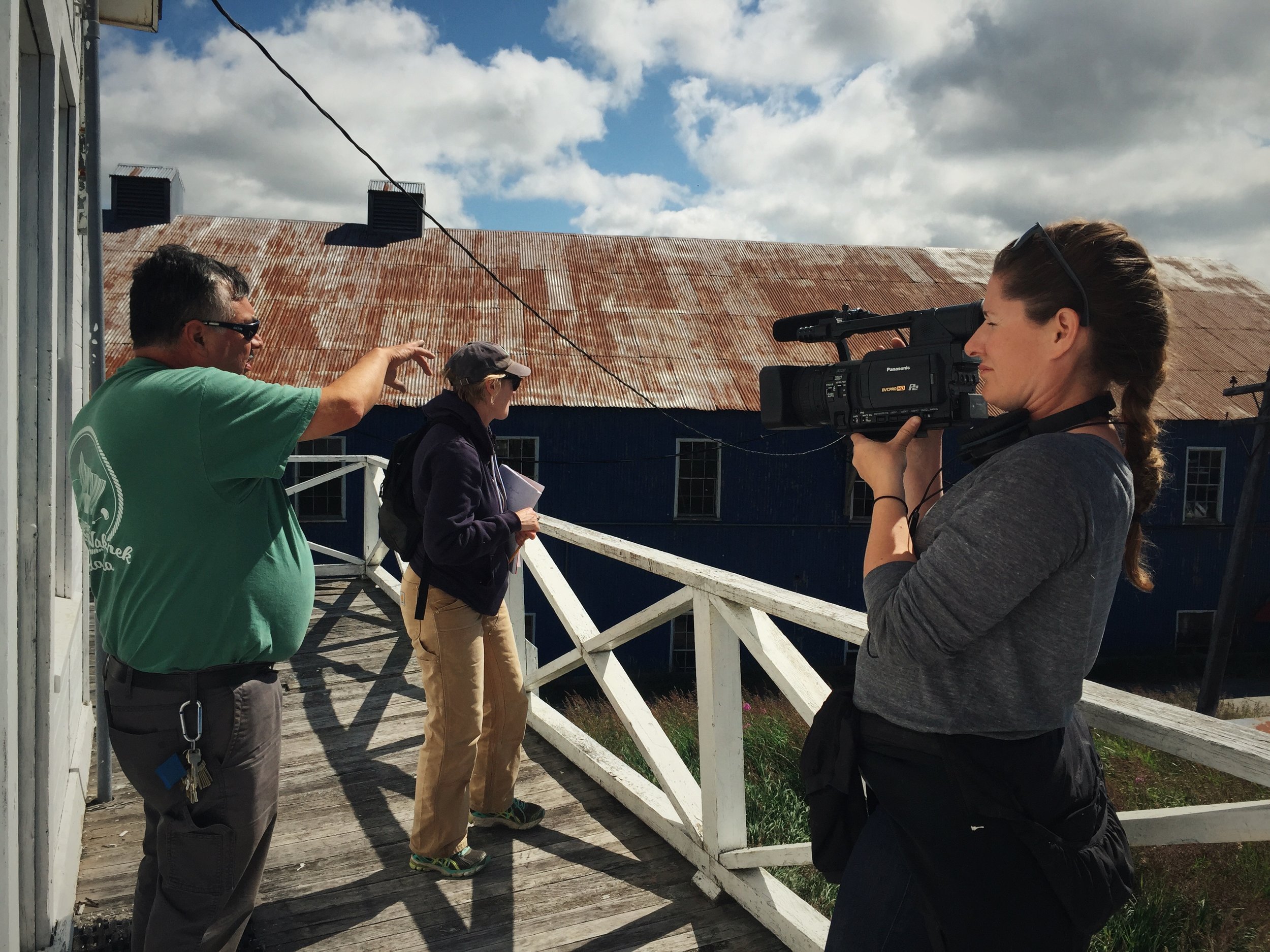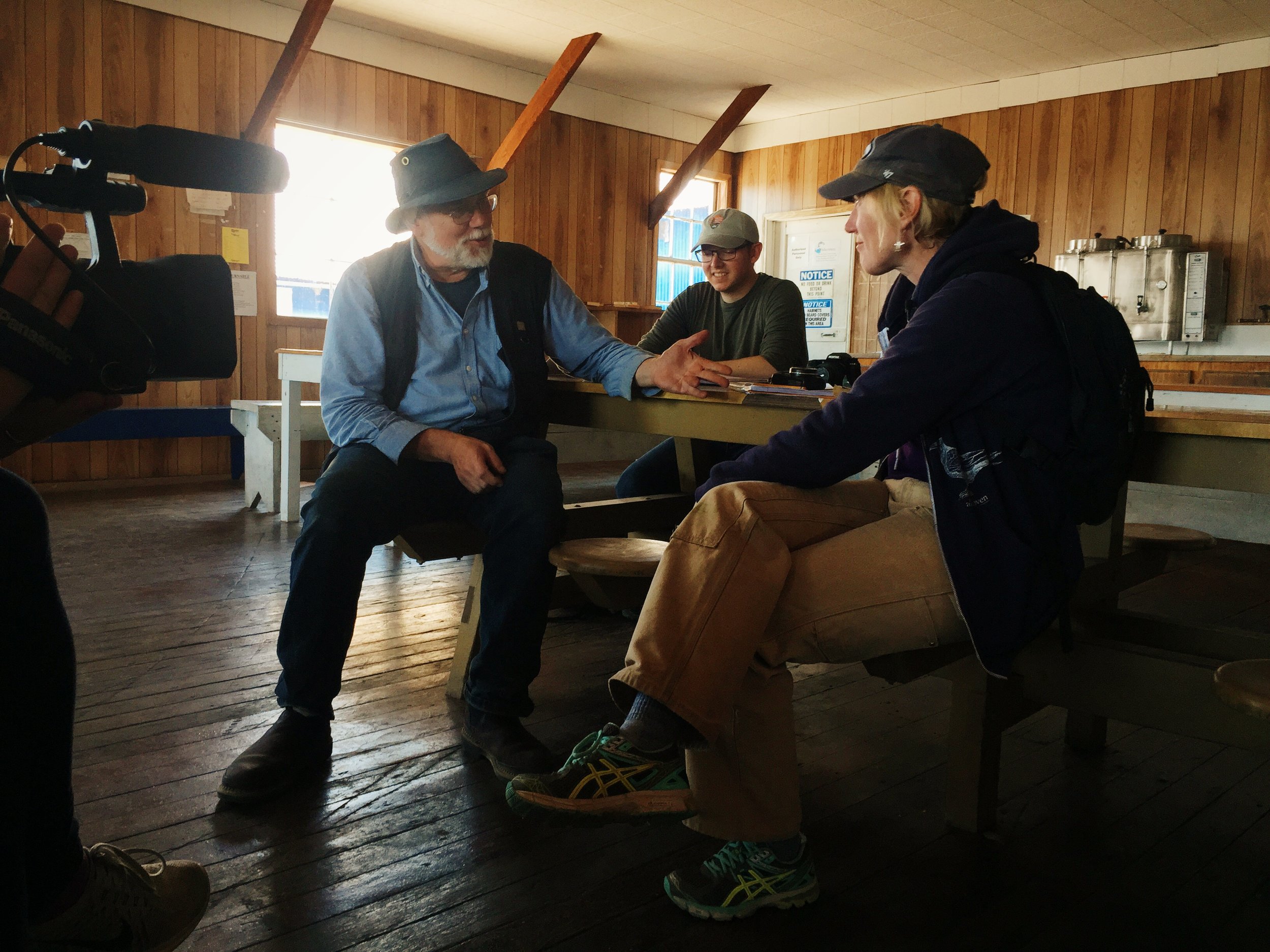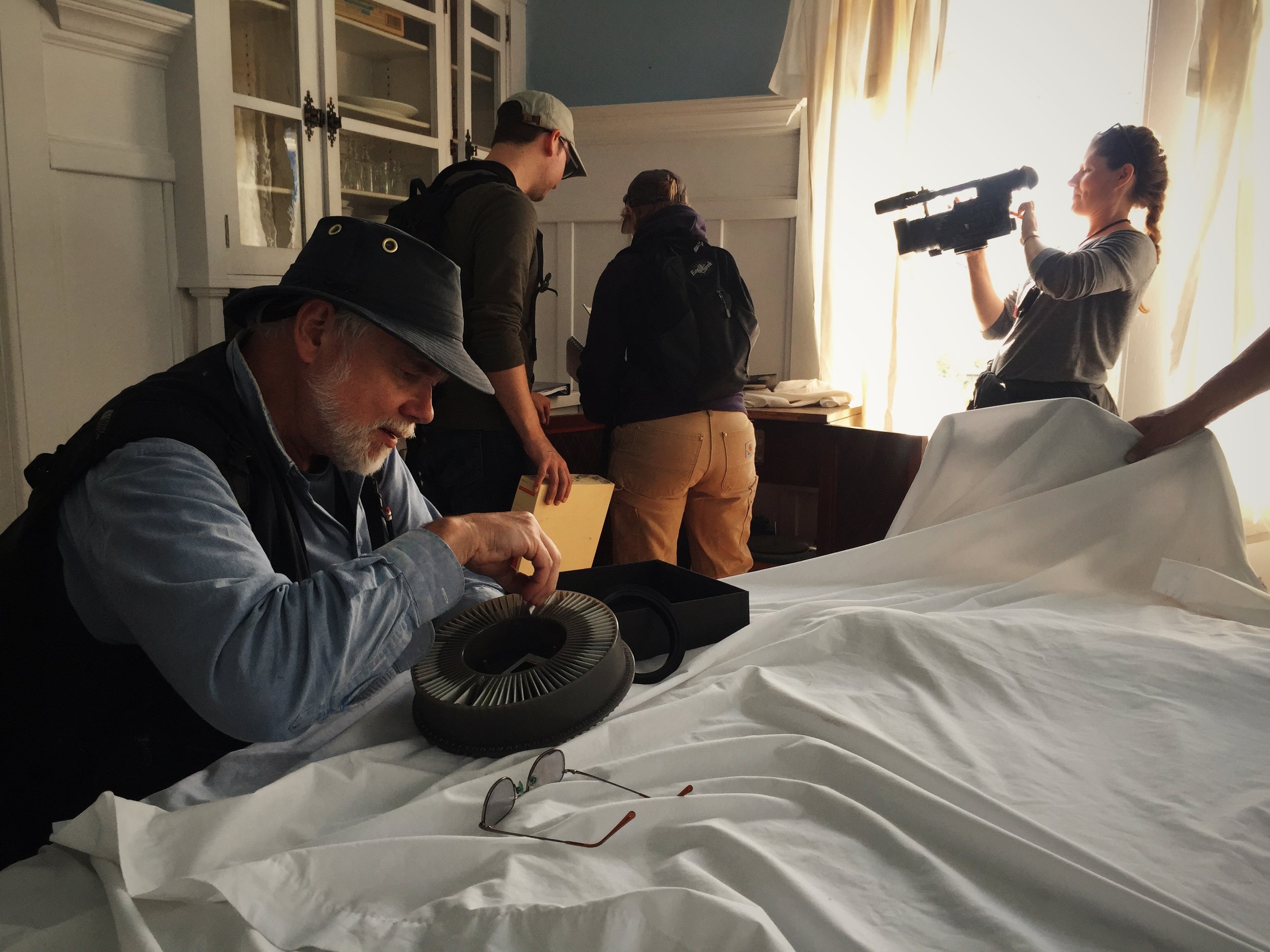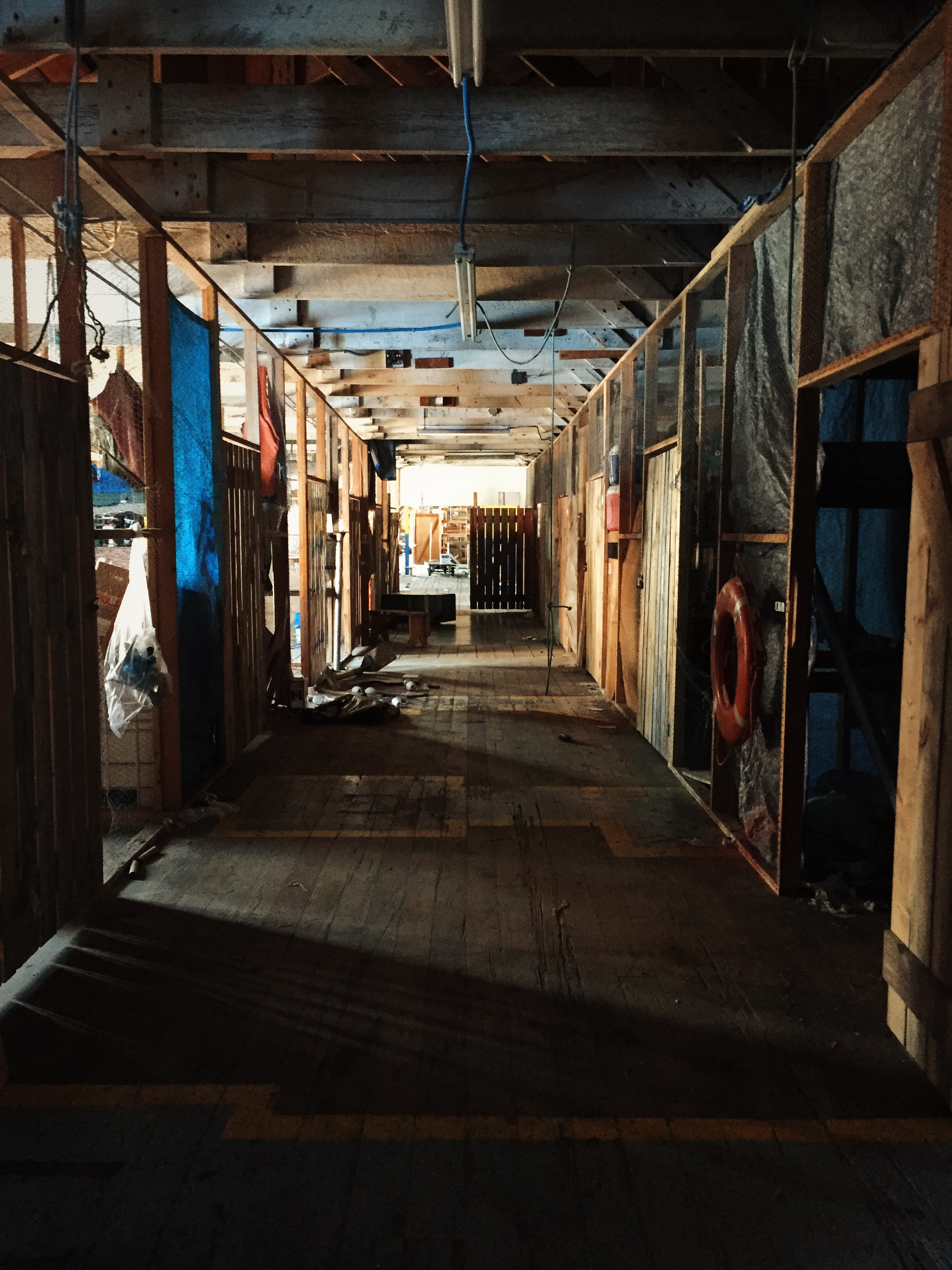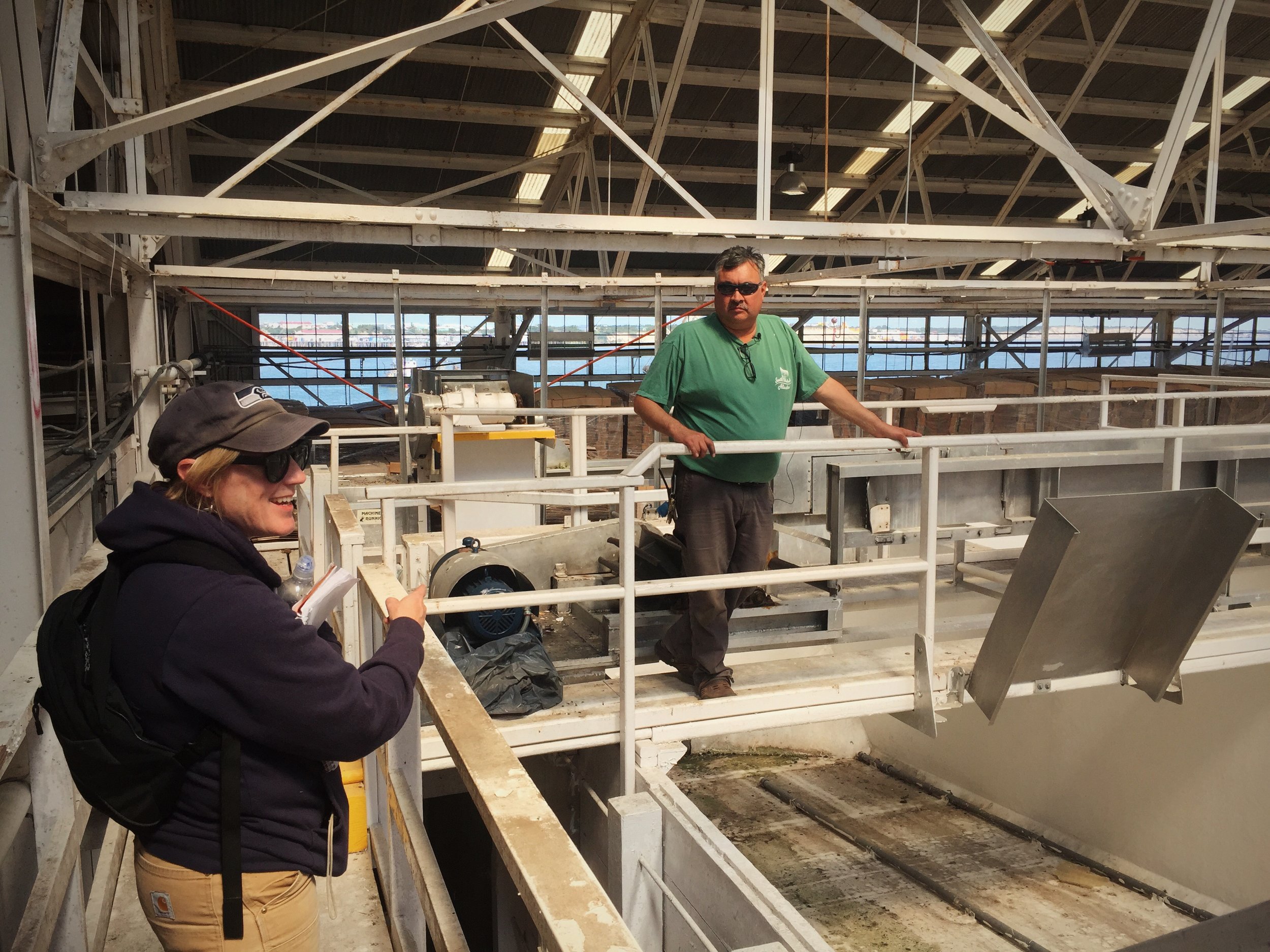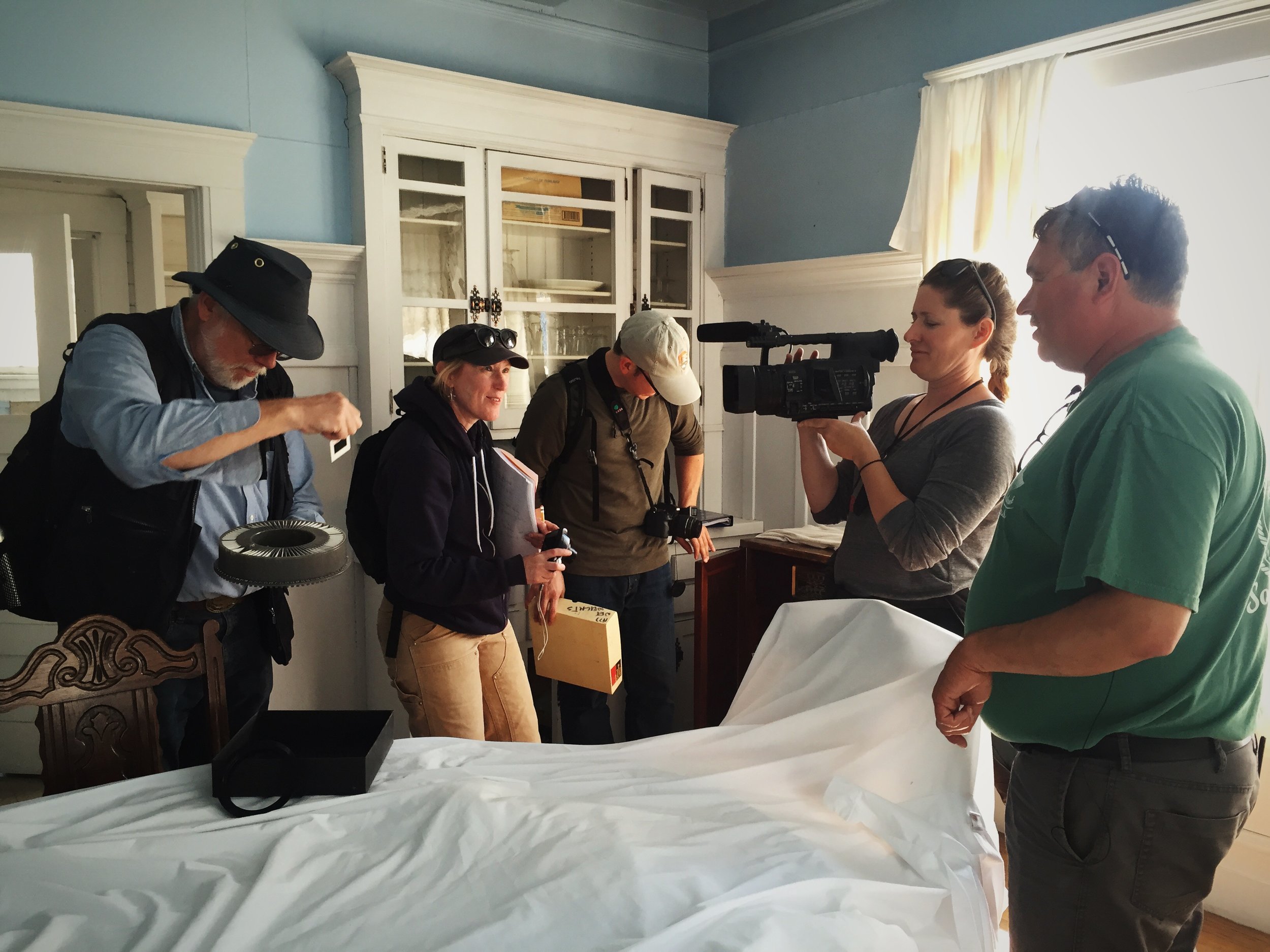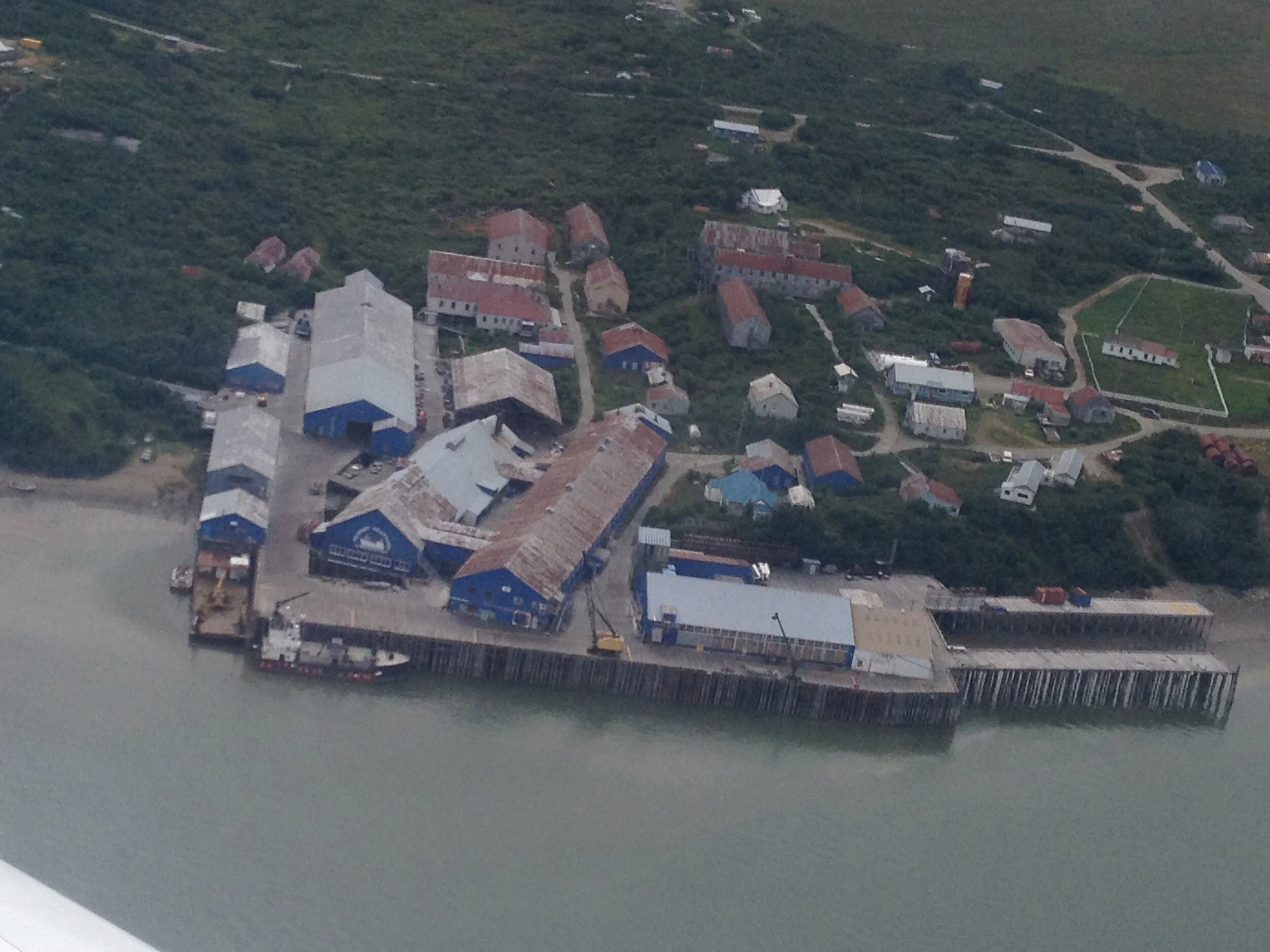National Register of Historic Places Nomination
"Remembering the voice of the people..."
Thomas King | Cultural Resources Laws & Practices
What is the National Register?
The National Register of Historic Places is the official list of the Nation's historic places worthy of preservation. Authorized by the National Historic Preservation Act of 1966, the National Park Service's National Register of Historic Places is part of a national program to coordinate and support public and private efforts to identify, evaluate, and protect America's historic and archeological resources. To be listed in the National Register, a property must be older than 50 years and meet at least one of four criteria pertaining to historical lifeways, significant groups or individuals, architectural style, and archeological yield. The <NN> Cannery meets all criteria for listing.
The NN Cannery Project Team on location in the Fish House documenting research to support the Nomination.
THE NN CANNERY’S PRIVATE-PUBLIC PARTNERSHIP
What will happen if the Cannery is considered “Historic” and listed in the National Register?
Trident—the private property owner—can still conduct business as normal and is under no obligation to provide tours, maintenance or upkeep.
Listing will not affect the property legally or economically.
Listing will not prevent the property owner from making changes that day-to-day business deems necessary.
Trident may even choose to abandon the site entirely.
Listing in the National Register only recognizes the cannery’s contribution to American and Alaska history, its importance as a cultural and economic hub, and that this historic real estate might serve to inform the next generation about a sustainable fishery that continues to support both economic and cultural lifeways to this day.
An Underrepresented Past?
Currently, only two canneries in Alaska are listed in the National Register of Historical Places. Considering the historical importance of canned salmon in Alaska history, APA's <NN> Cannery would fill a gap in Alaska’s historic preservation program and set the standard for future cannery documentation projects.
How will the Nomination process be accomplished?
The NN Cannery history project will work with the National Park Service, to apply the criteria based on the cannery’s historic significance. Then, along with the Alaska Association for Historic Preservation and Trident Seafoods, we will submit the nomination to the National Park Service and the State Historic Preservation Office for concurrence.
Historic Significance
The <NN> Cannery was a cultural crossroads with far reaching historical dimensions. Most buildings still convey original function and purpose and all provide insight into the working lives of cannery people. The Fish House, for example, served as the point of contact for tenders, received the salmon, and connected workers to waterfront activities. The Fish House also utilized a machine called the ‘Iron Chink,’ which underscores the Asian work experience. The Mess Hall grouping reveals the ethnic discrimination and integration of the workforce. The Carpenter Shop reflects the necessity of skilled labor. The Laundry represents the evolution of “industrial domestication,” and was one of the few cannery spaces organized by Native women. The Hospital cared for victims of the Spanish influenza pandemic in 1919. Currently, no historic properties are listed in the NRHP that convey this global event.
1979 Alaska Packers Association NN Cannery Plat
NN Cannery’s Ten Most Historically Significant Features:
Fish/Egg House Complex
Cannery Complex
The Old Store/Rec Hall
Carpenter Shop Complex
Mess Hall Complex
Chinese Bunkhouses & Graveyard
Fishermen & Filipino Bunkhouses
Laundry
Hospital & Old Radio Shack
Management Complex (Old Office, and Superintendent’s/White House)
Why Old “Junk” Matters
Few written accounts of the cannery people exist today. Most had no time to write their story. They did not keep journals and few wrote letters. Even company records used position titles, rather than personal names to identify workers. The cannery’s structures, artifacts and surrounding industrial landscape contain these stories. Discarded machine parts, broken boardwalks, skeletal remains of bunkhouses, and graffiti etchings are the enduring reminders of the past that gives voice to the cannery people. Williwaw winds, alders, or fire will inevitably reclaim the <NN> Cannery, but as one cannery worker put it, “Until the last chunk of cannery machinery sinks into the earth, it still means something to someone.” Documenting the stories of cannery people and their relationship to their workscape assigns value to the so-called industrial “junk,” gives meaning to invisible working lives, and fortifies cannery communities across the Pacific.
Connecting Past Communities with the Present
The collaborative partnership indicative to the NN Cannery Project may also be an effective model for creating options for other private owners and local stakeholders across Alaska. A vocal and engaged cannery community can inform the private owners that properties often times maintain historic, as well as, economic value, and perhaps in the future, might persuade owners to consider history and culture when managing the property. Participatory history turns potential looters or vandals into stewards—vigilant protectors of the past. The NN Cannery is a place that holds extraordinary community values and history, and therefore, public partaking in our research and exhibit development—indeed, creating a community around the end of era, will infuse the project with authentic voices, protect resources, and underpin future humanities community endeavors.
Why Listing Matters
Listing the <NN> Cannery in the National Register of Historic Places will identify themes that shaped the built history, examine the unique stories that each individual building represents, and explain why these events matter today. Most importantly, the <NN> Cannery’s physical resources will give voice to people history has forgotten, even if the structures themselves disappear.
